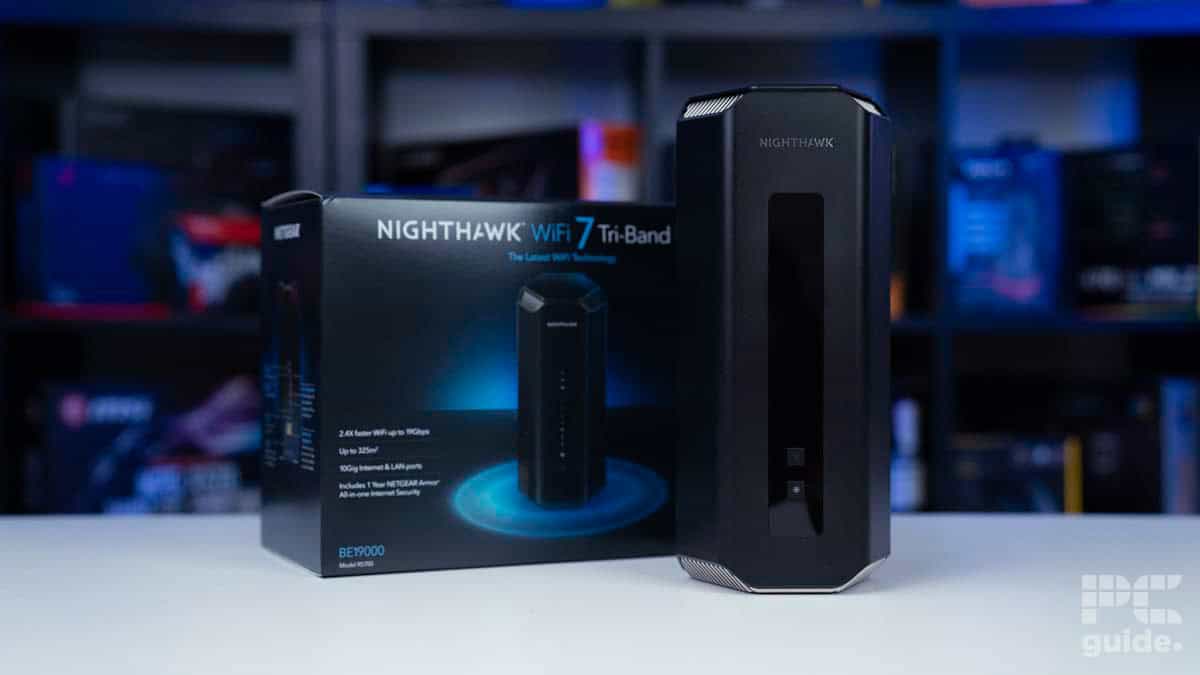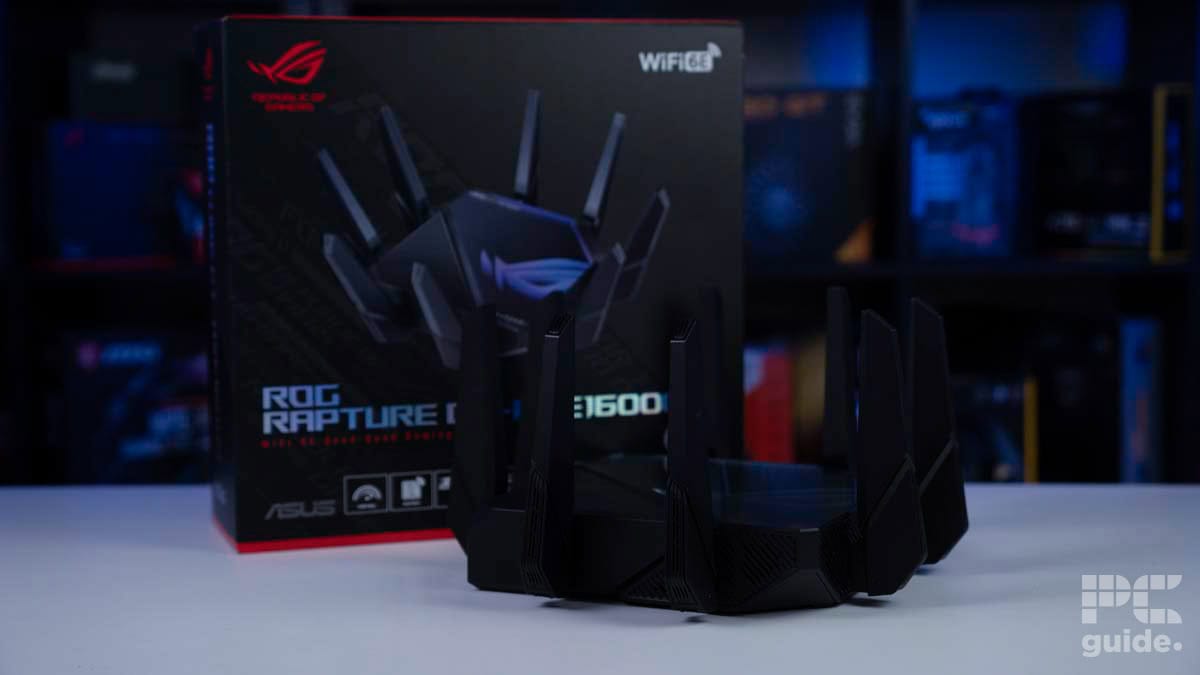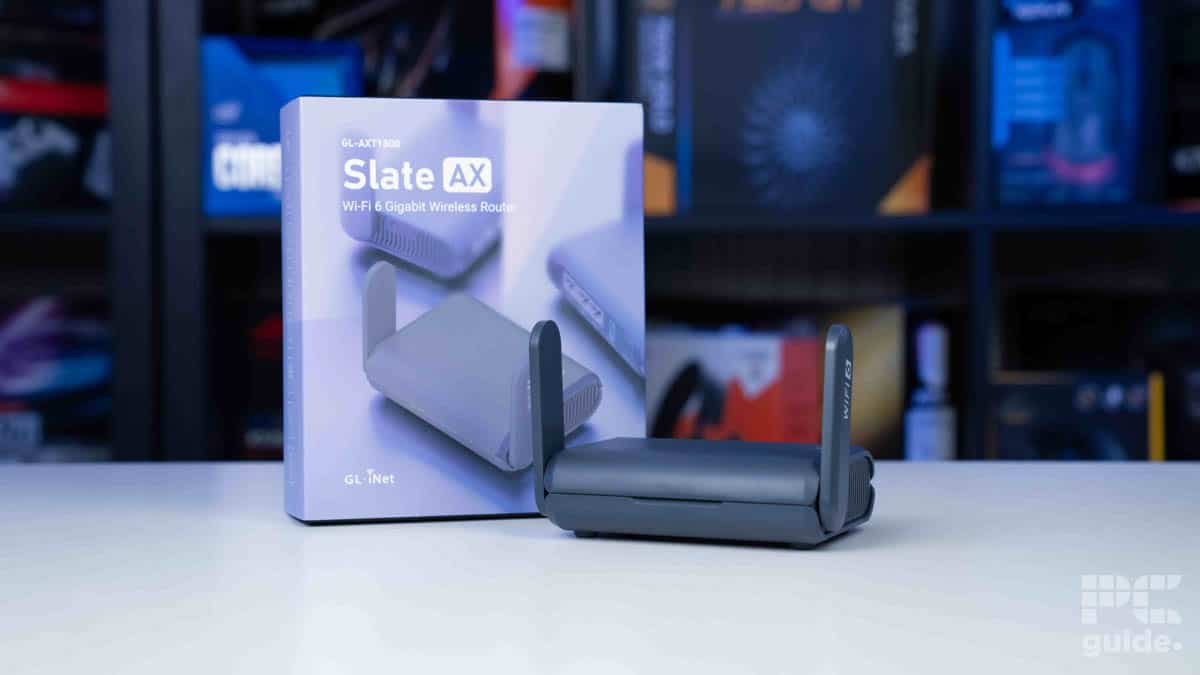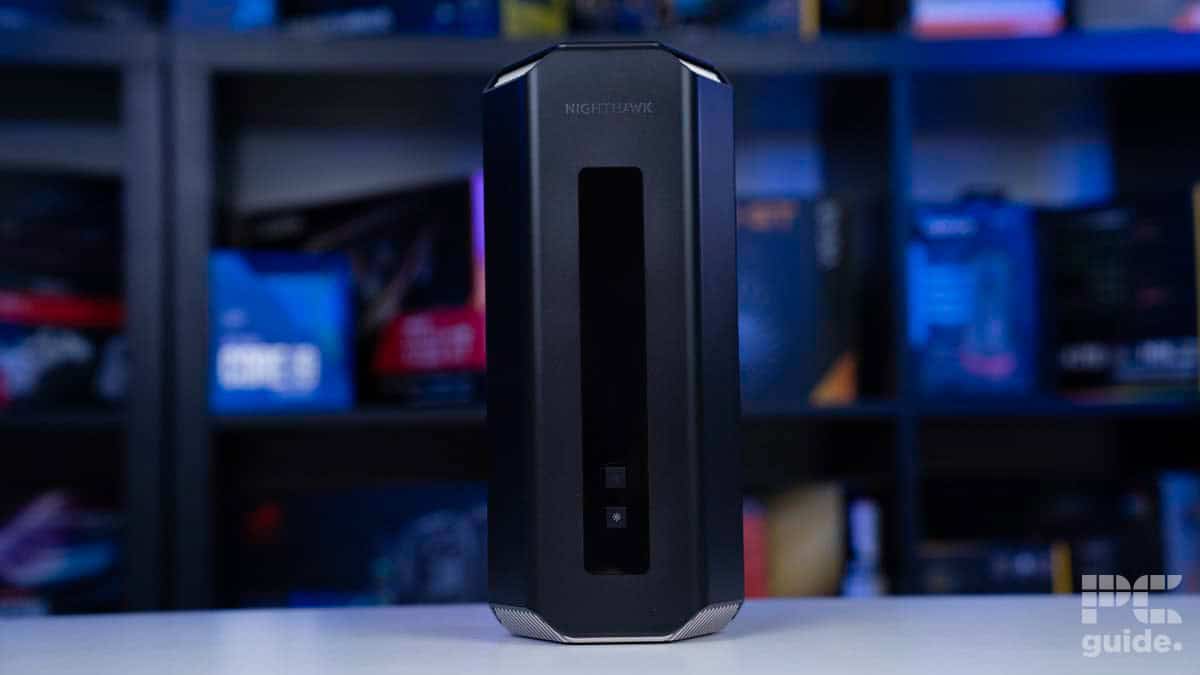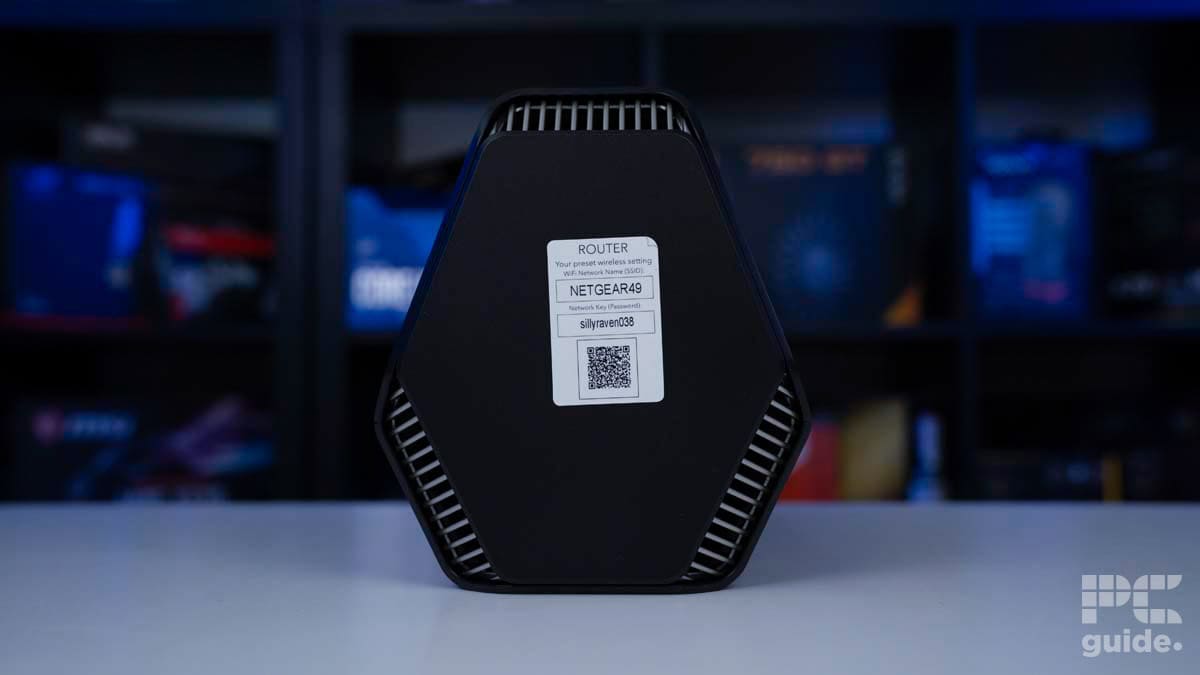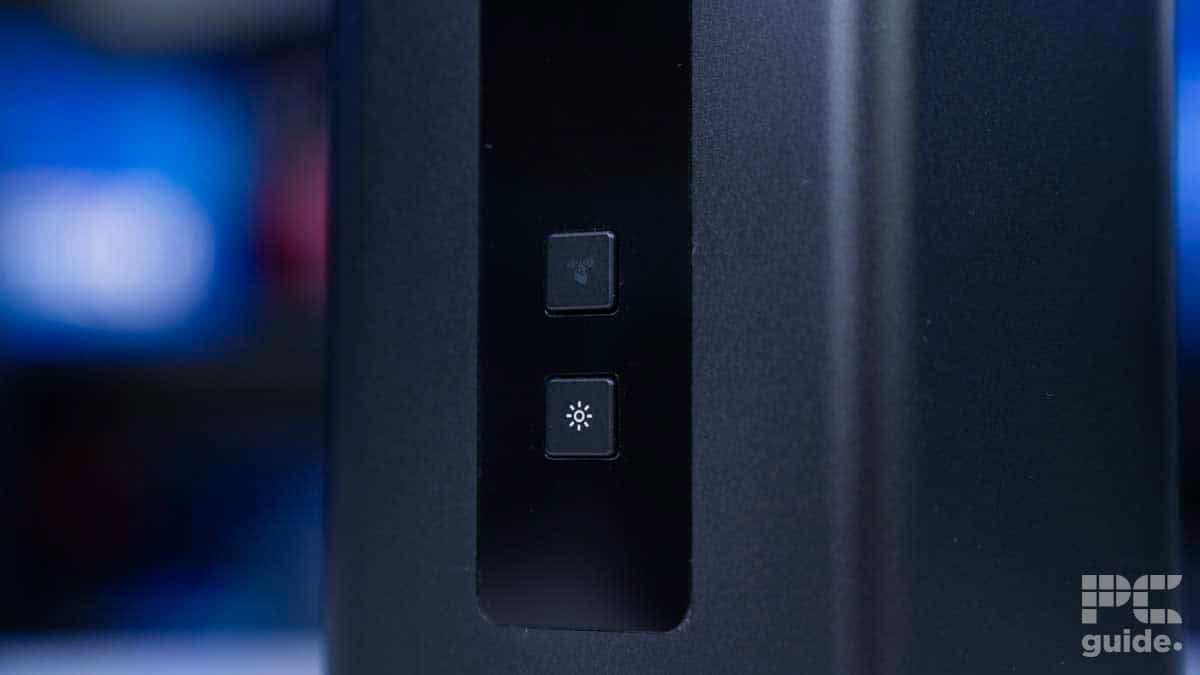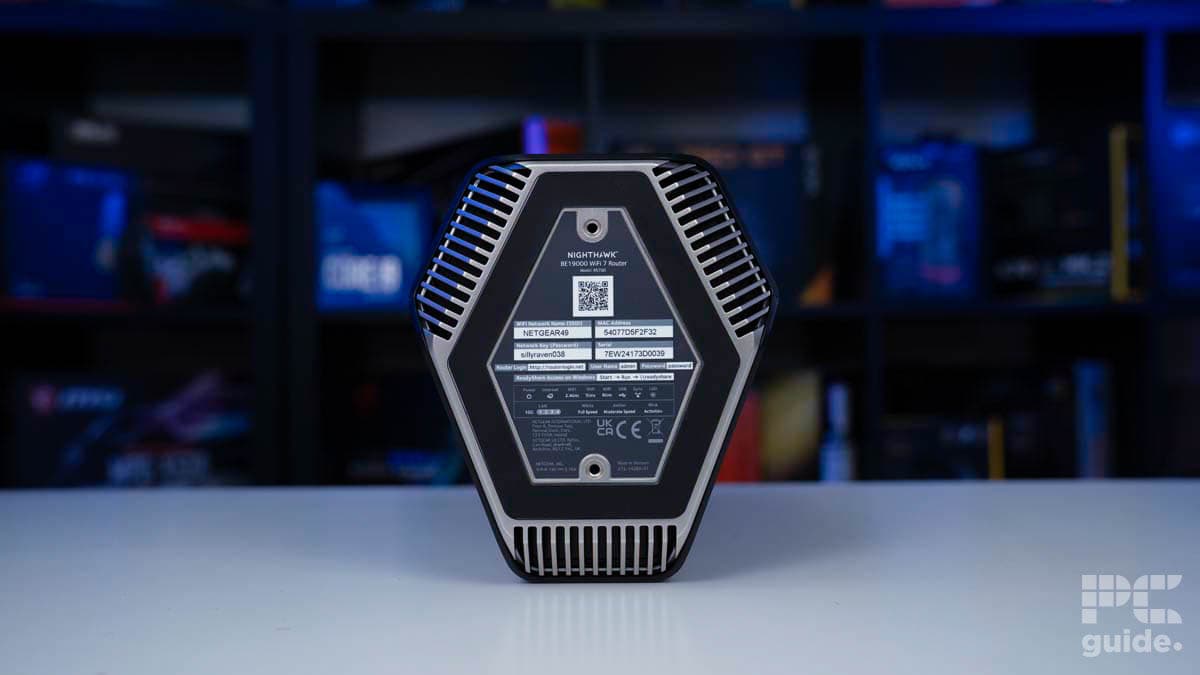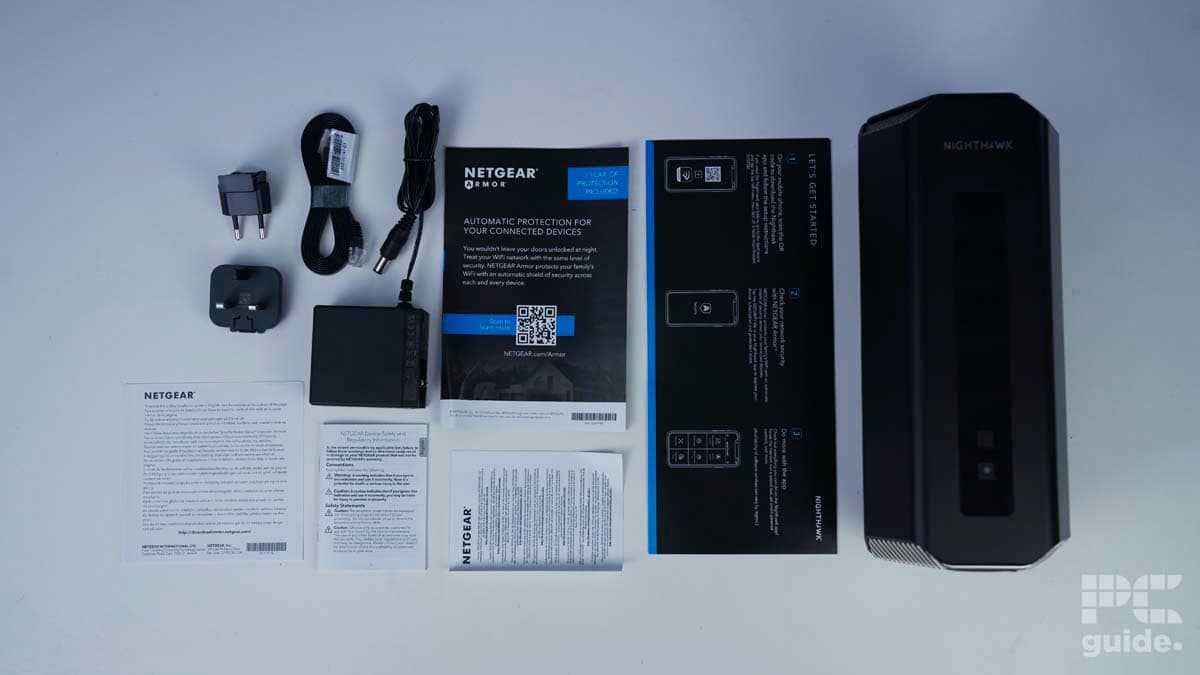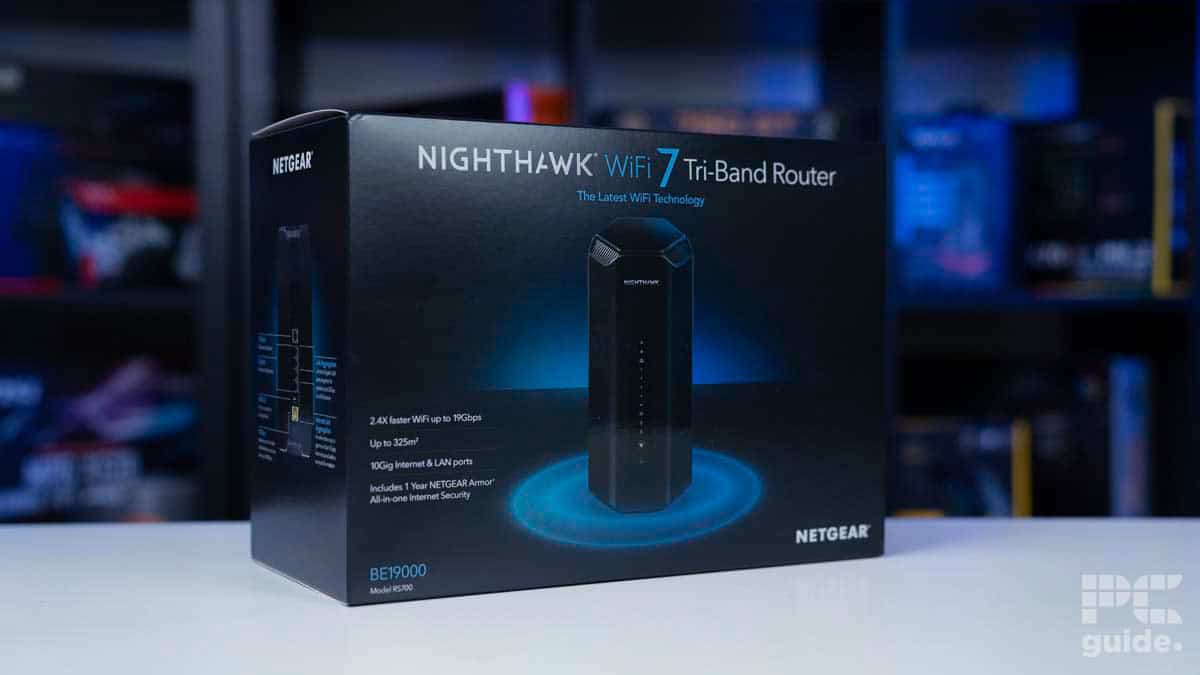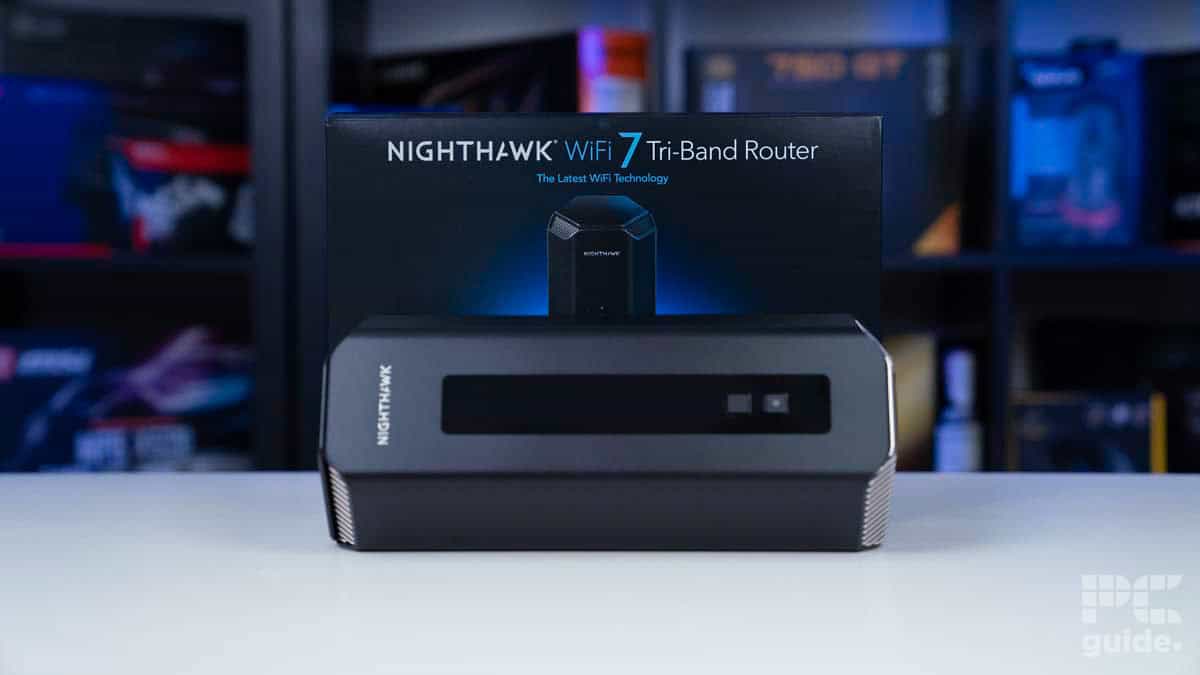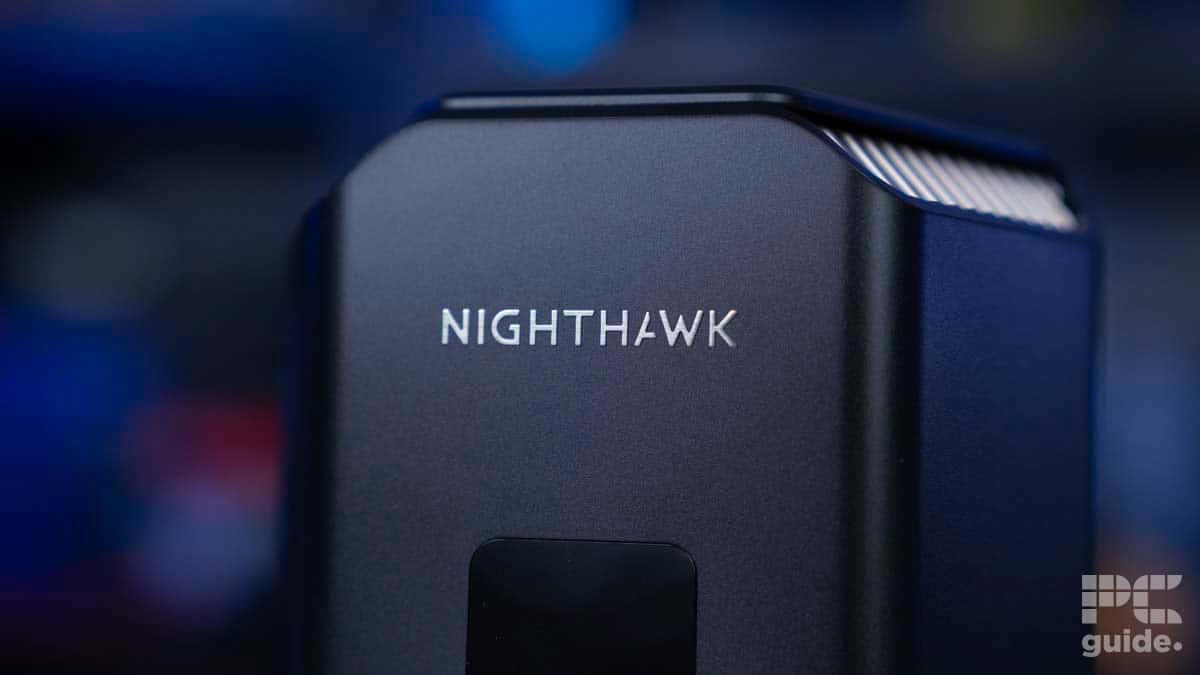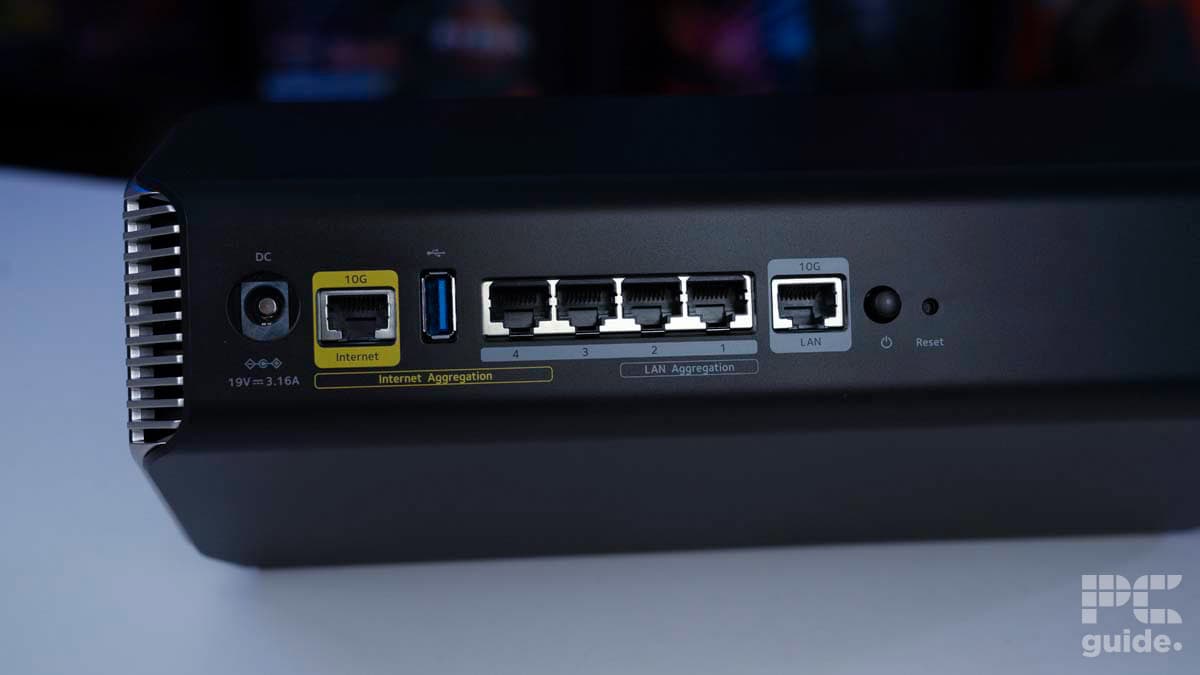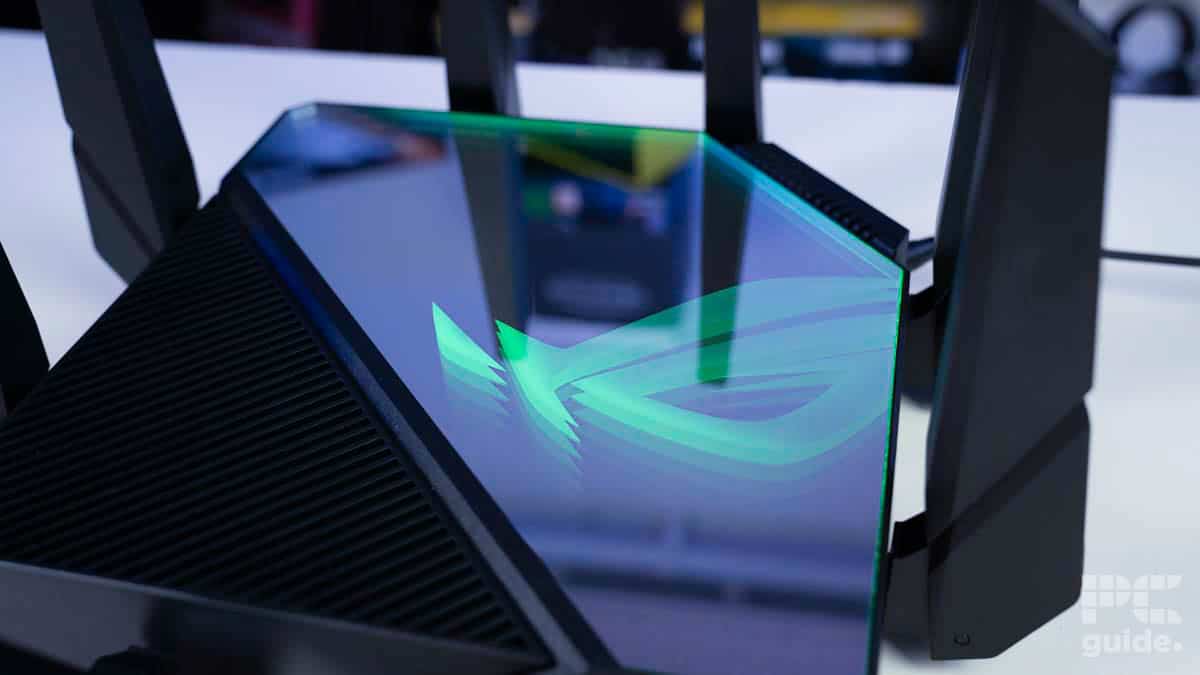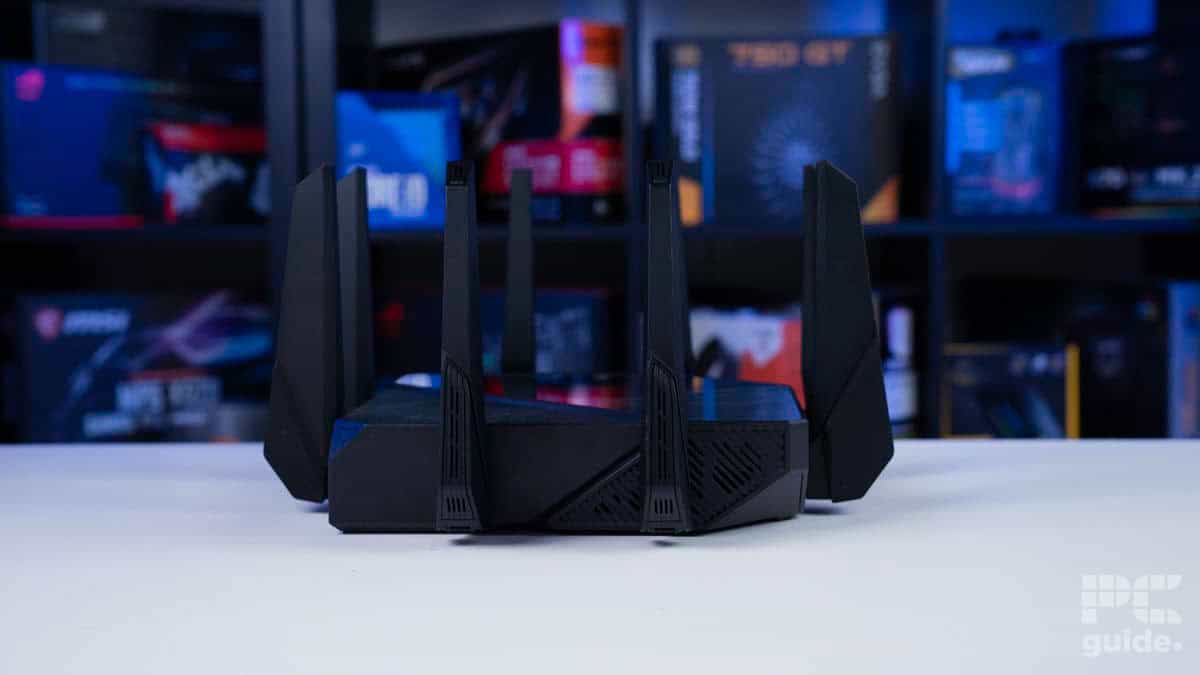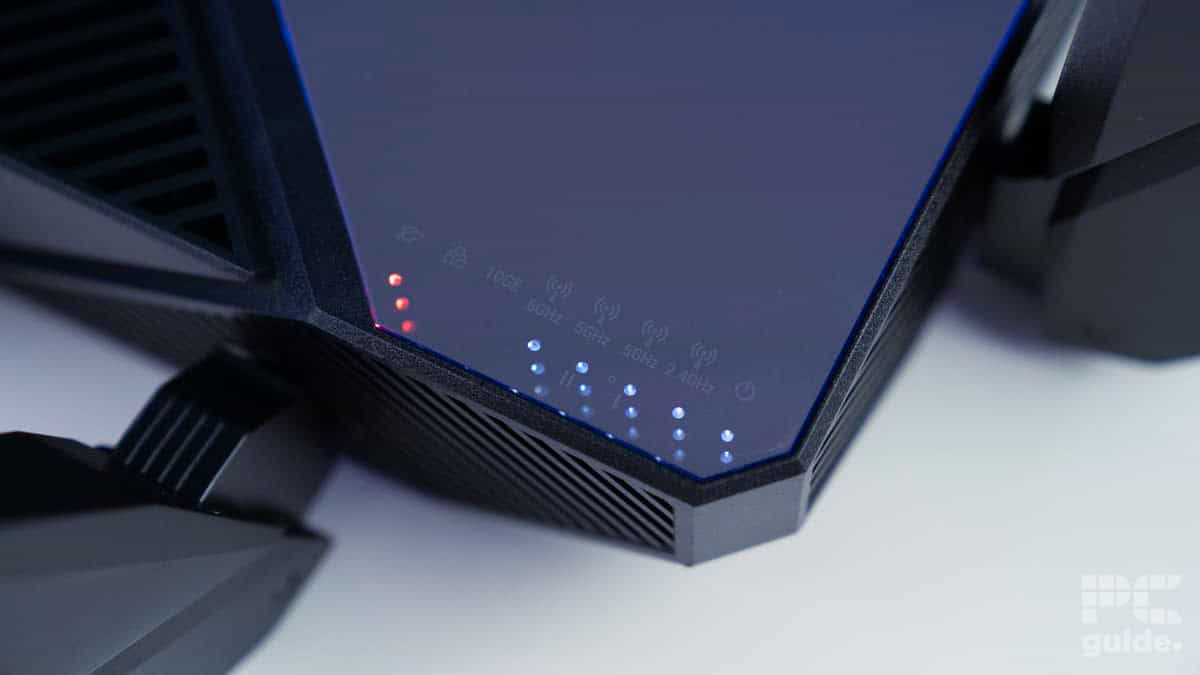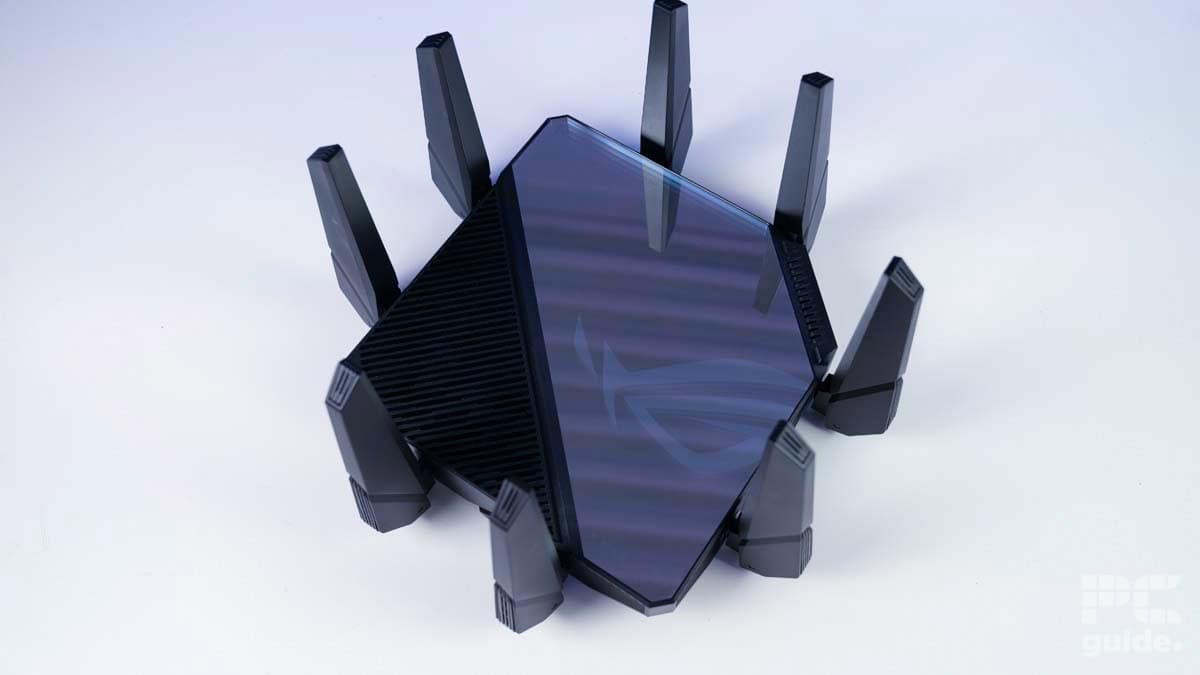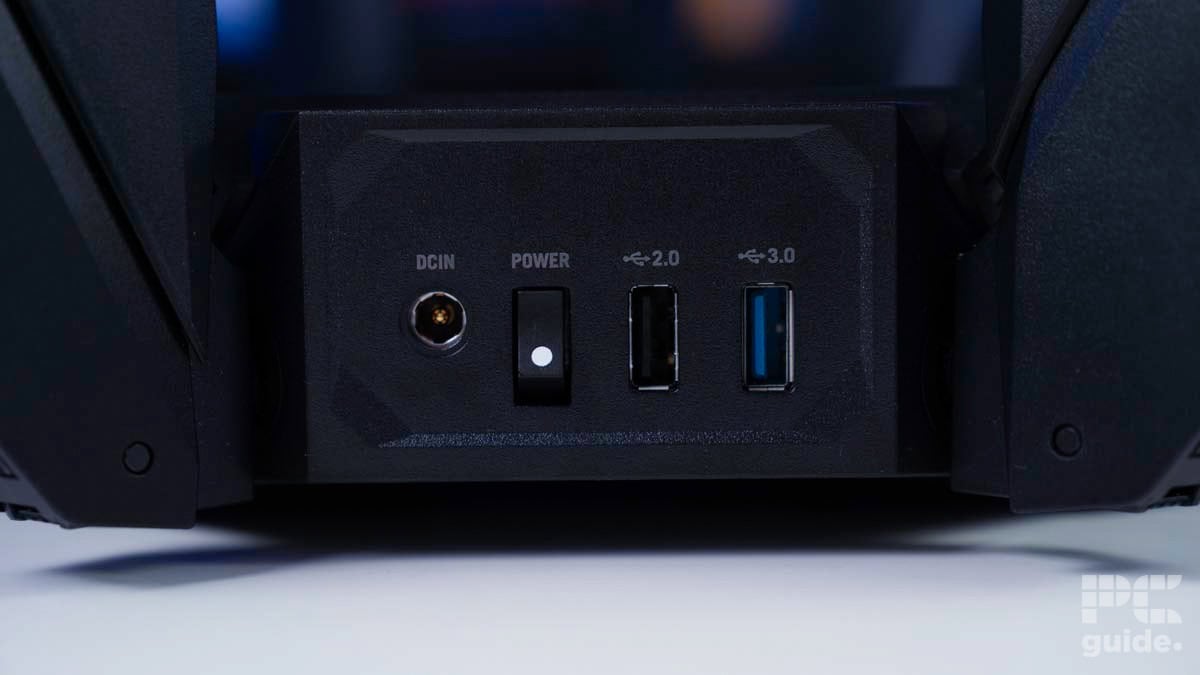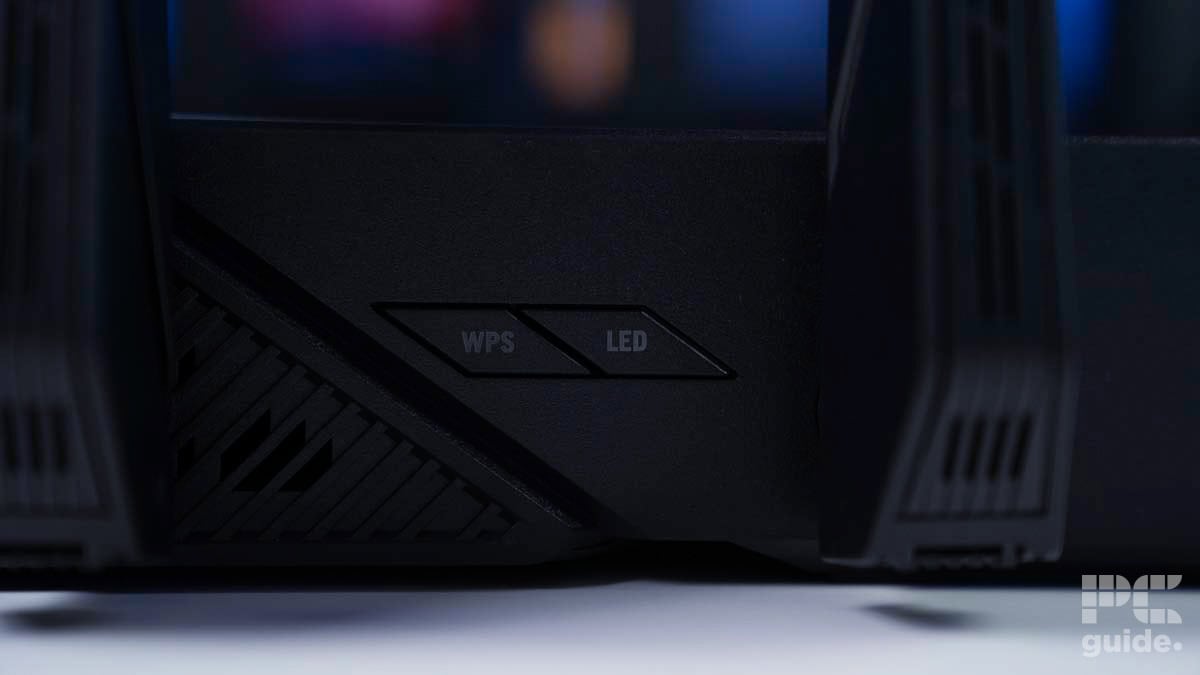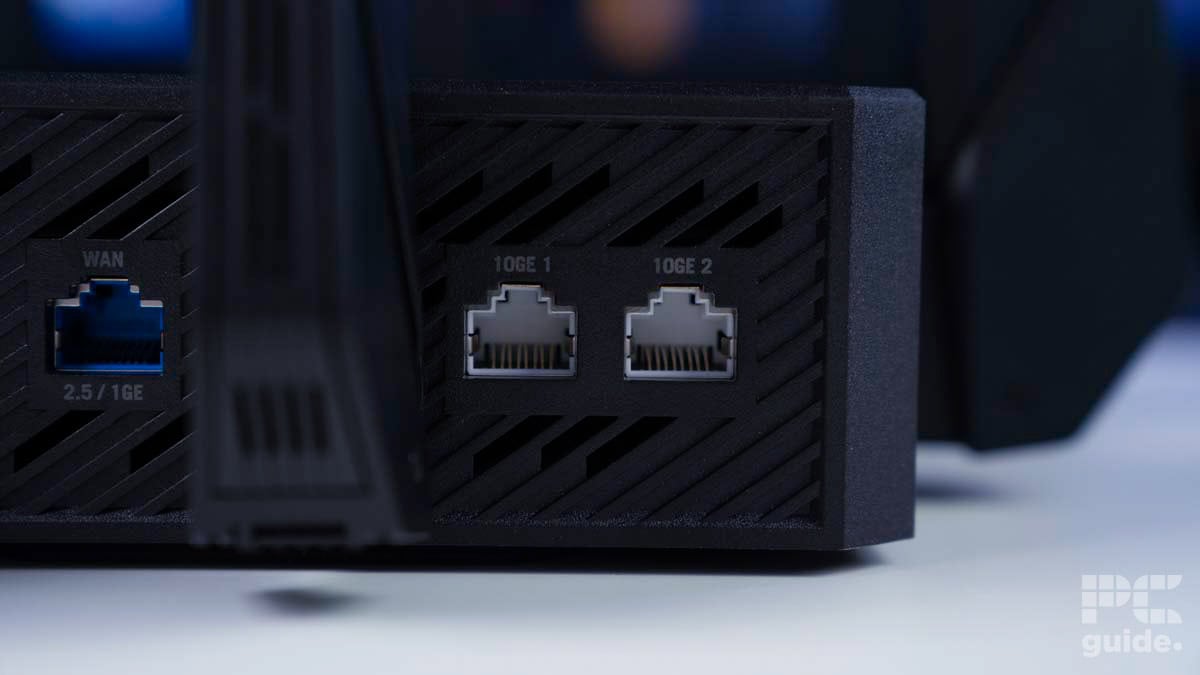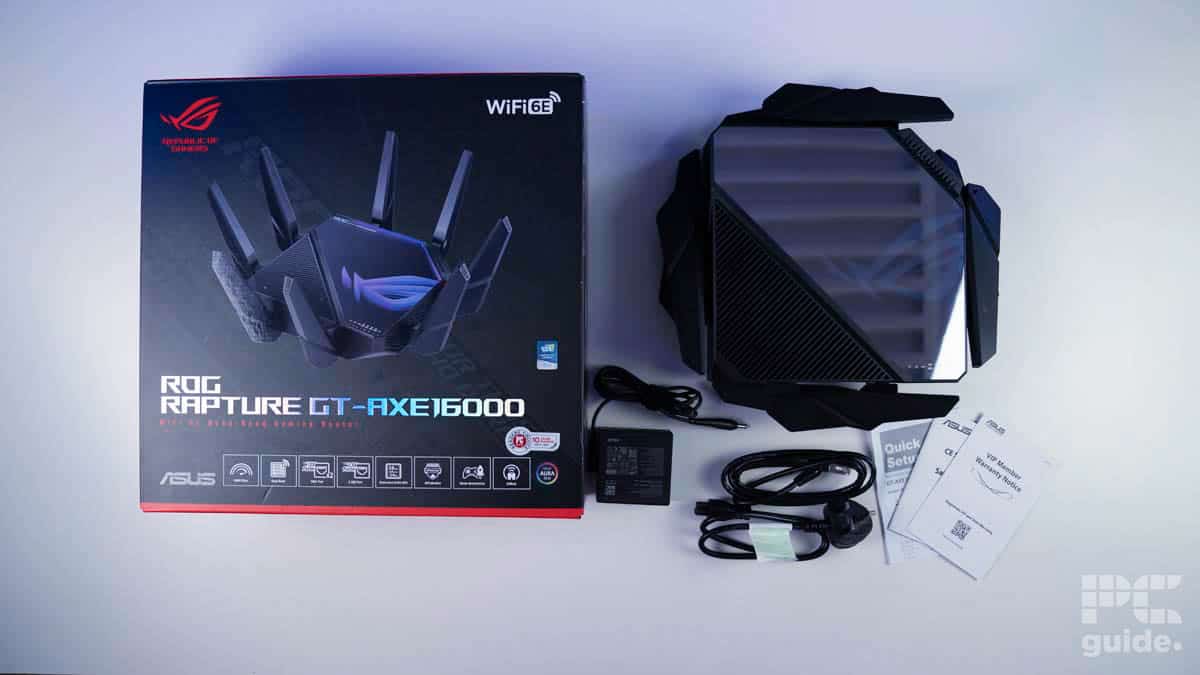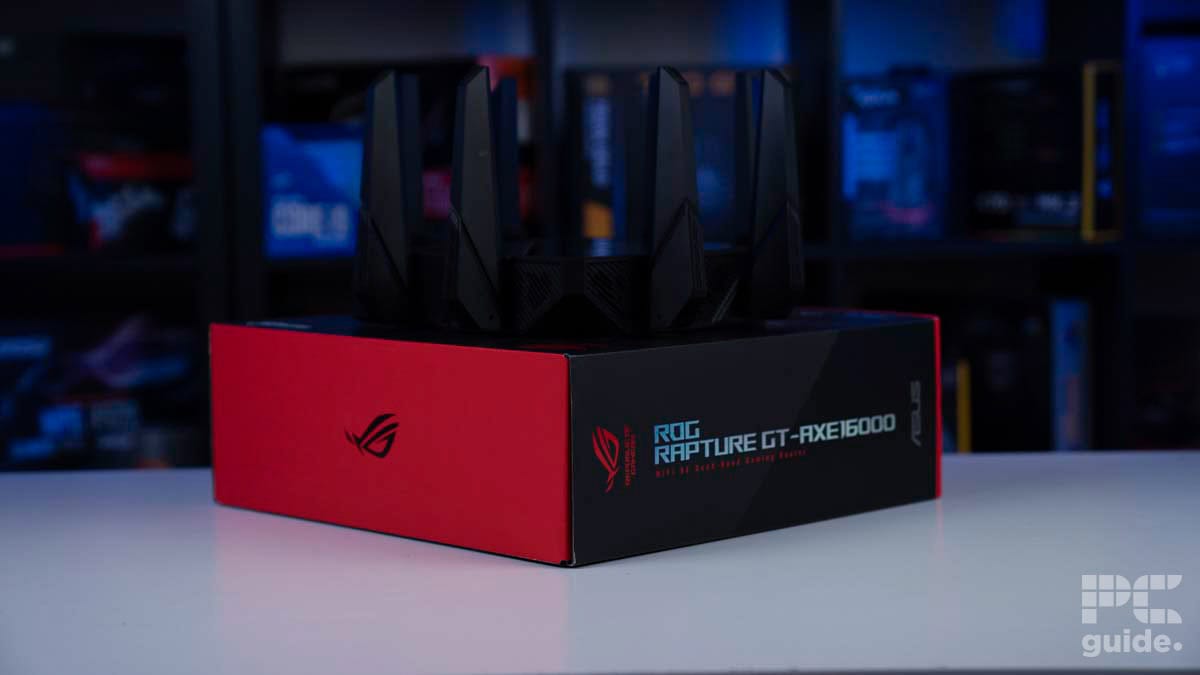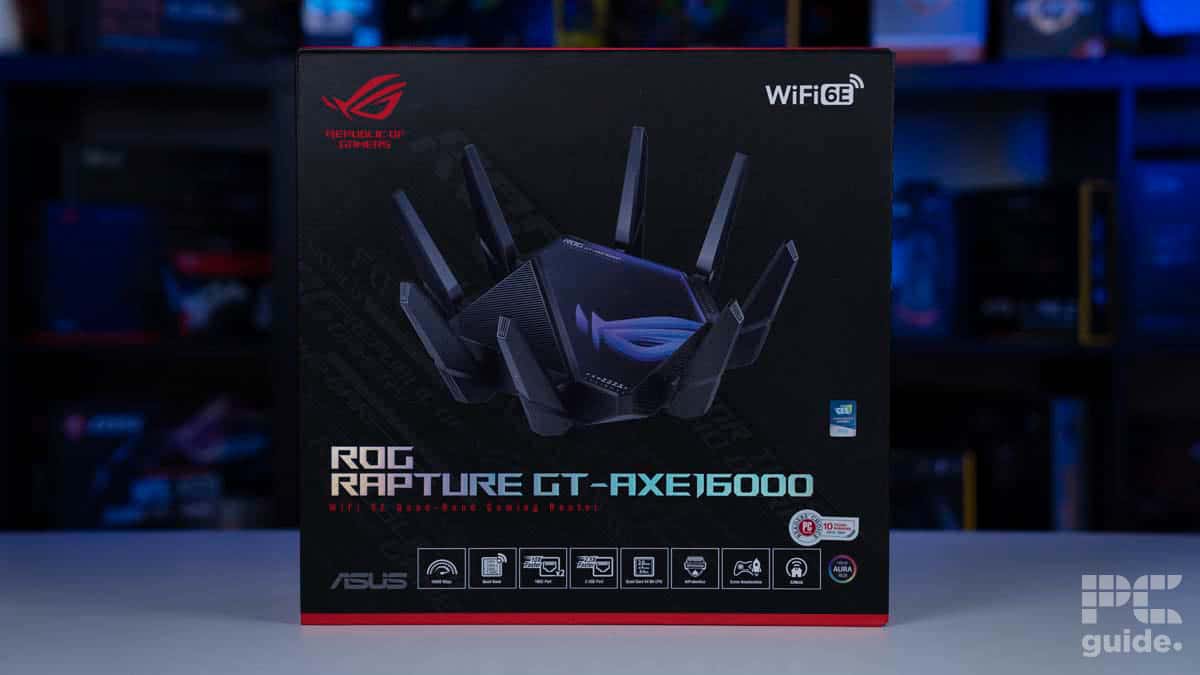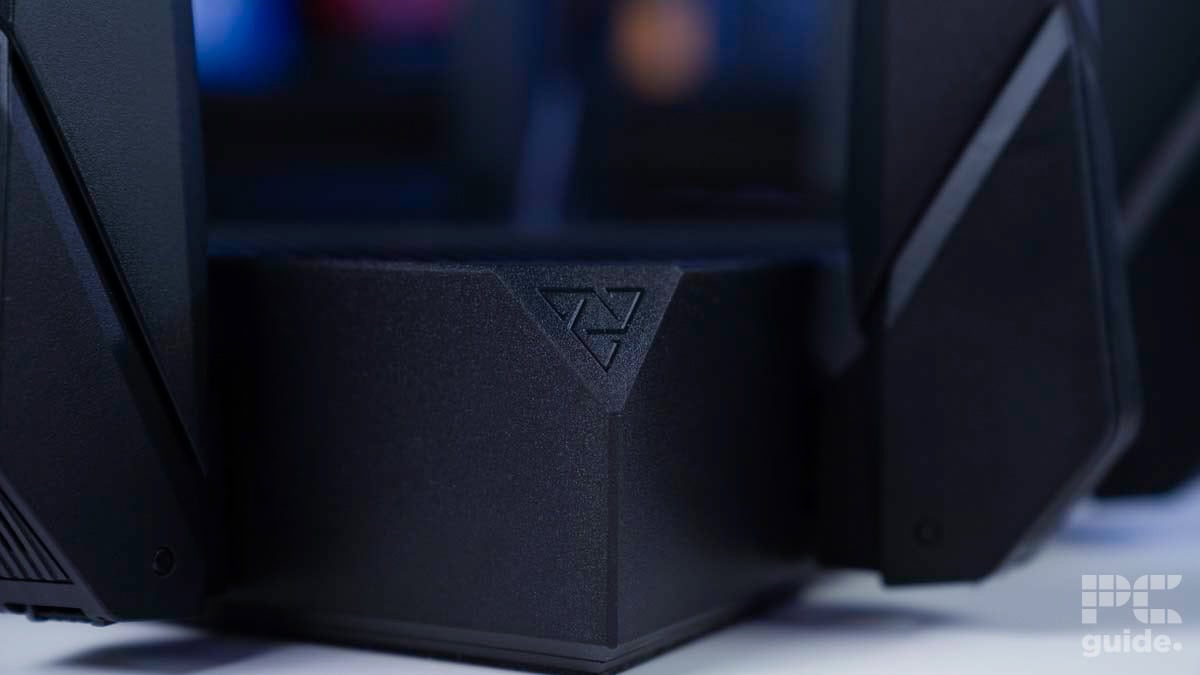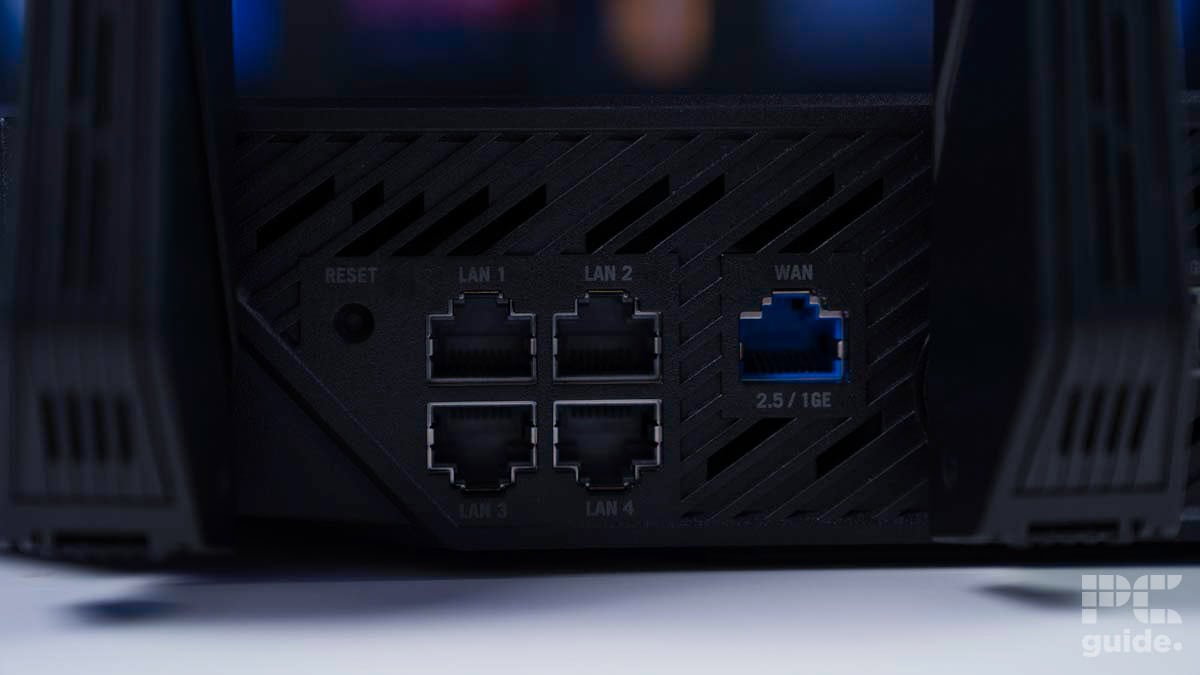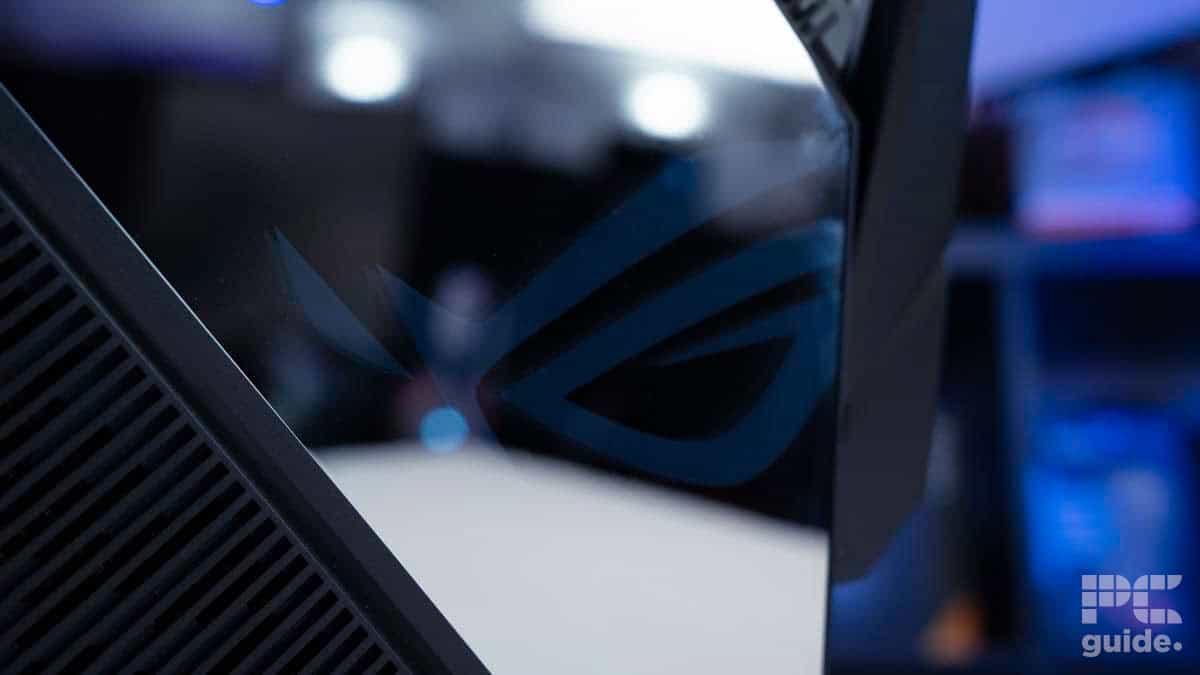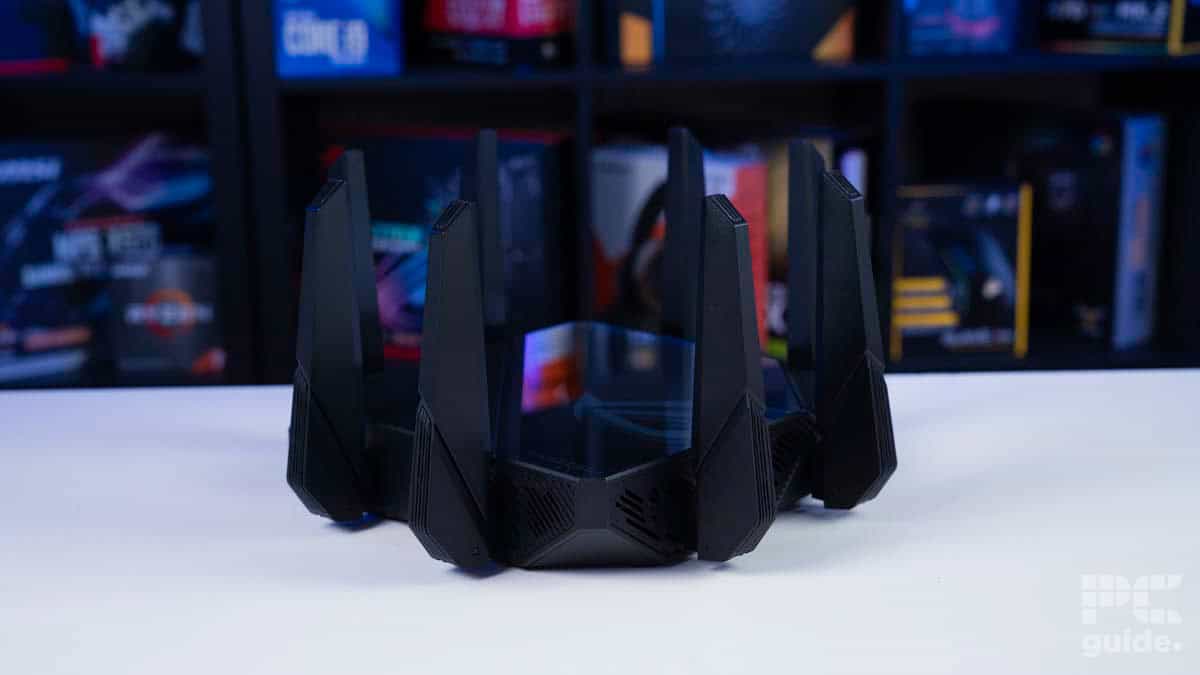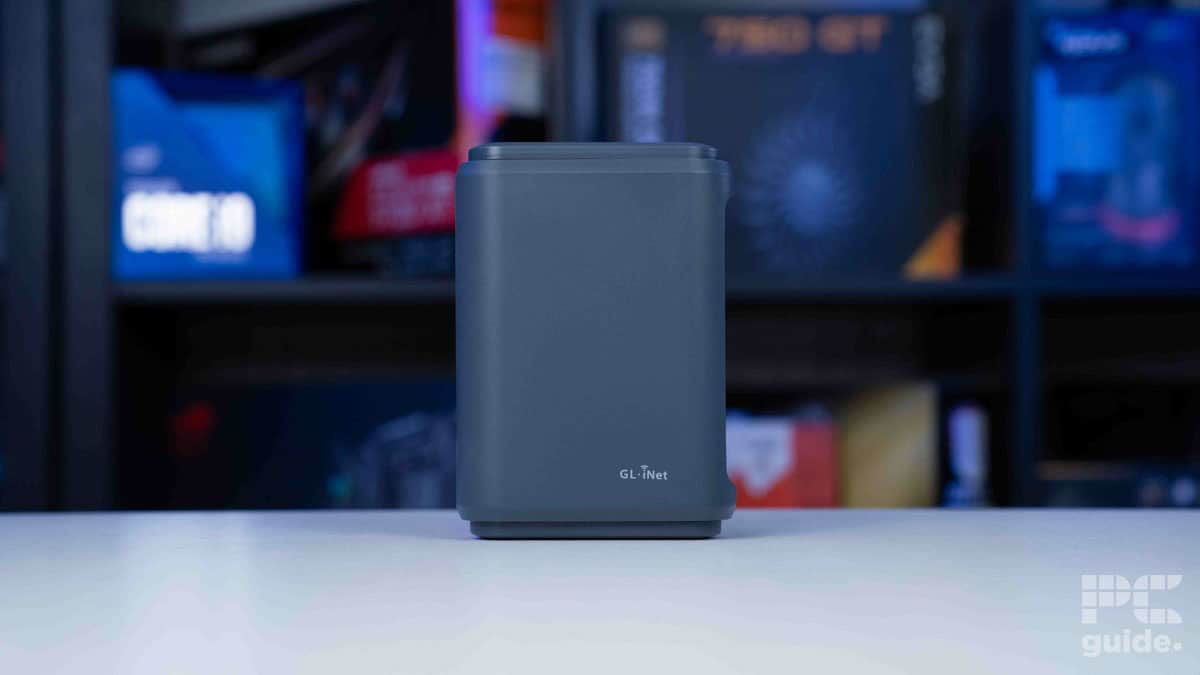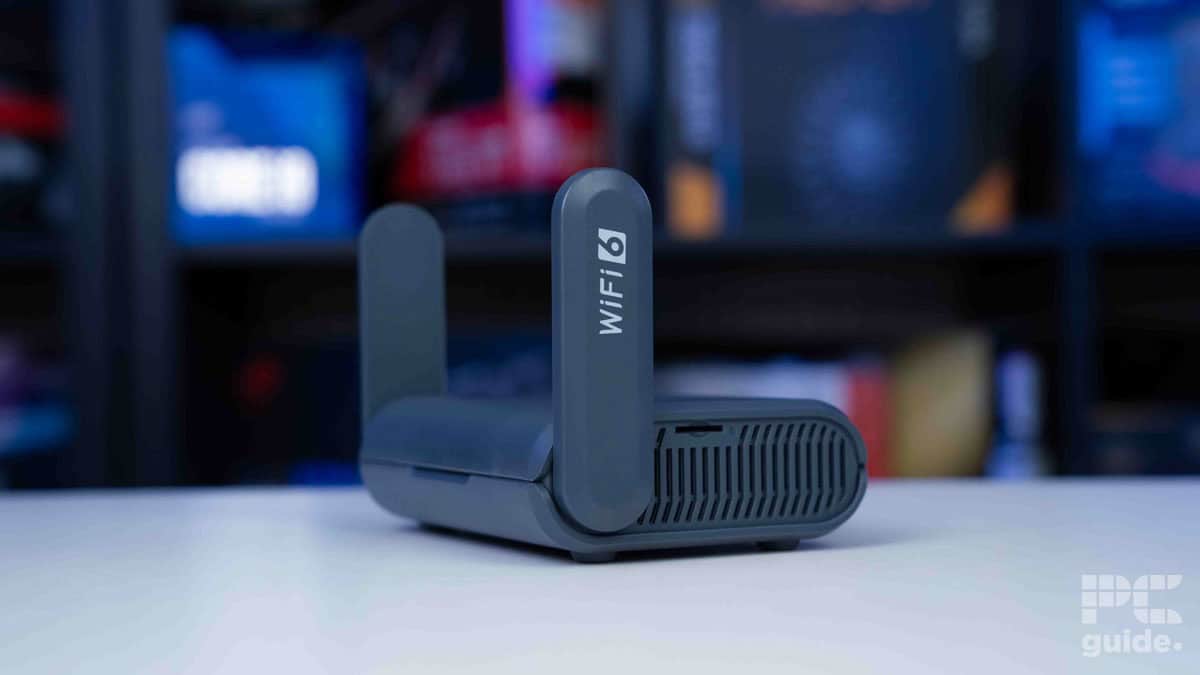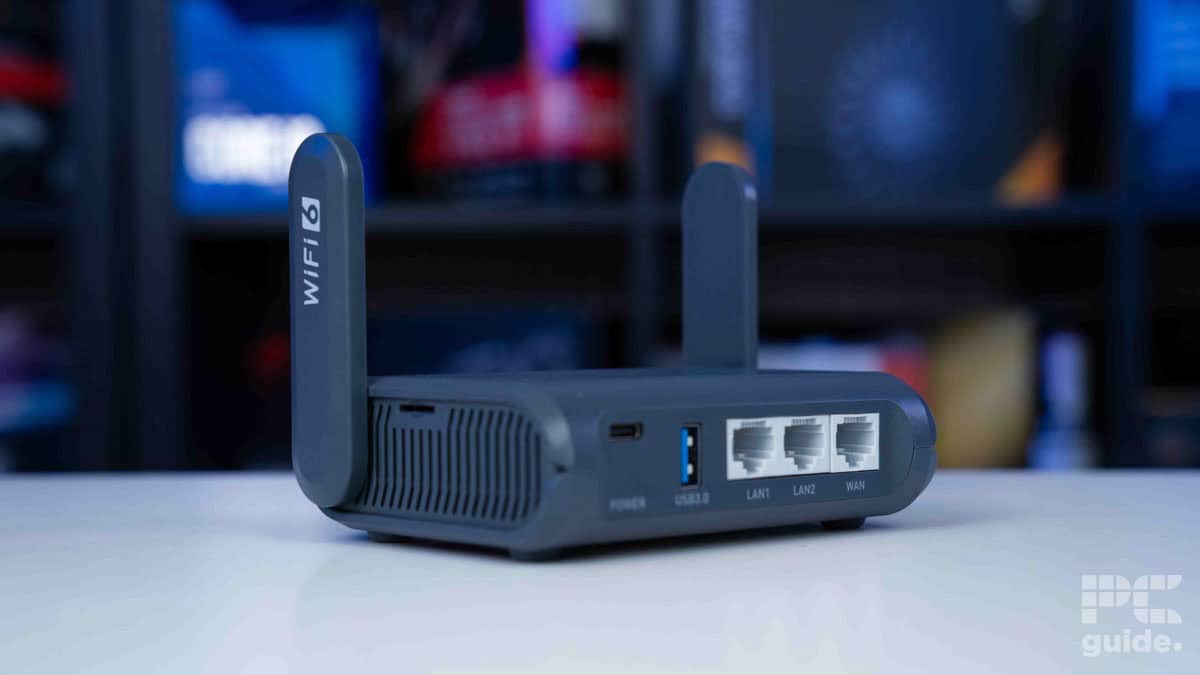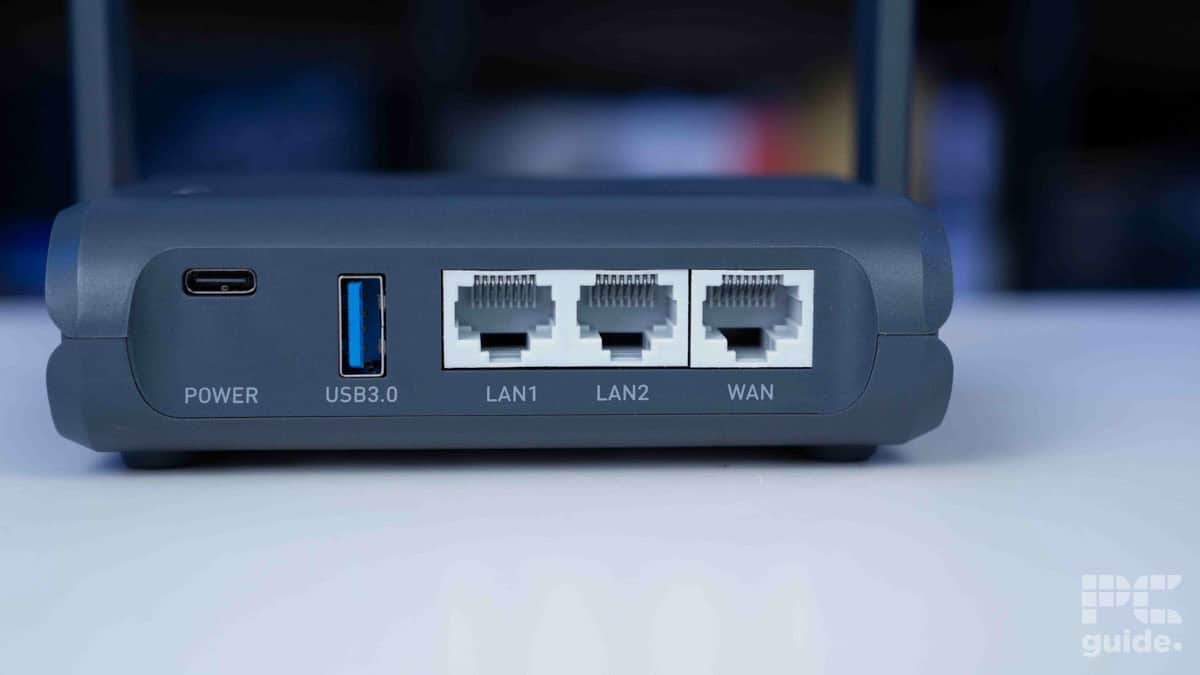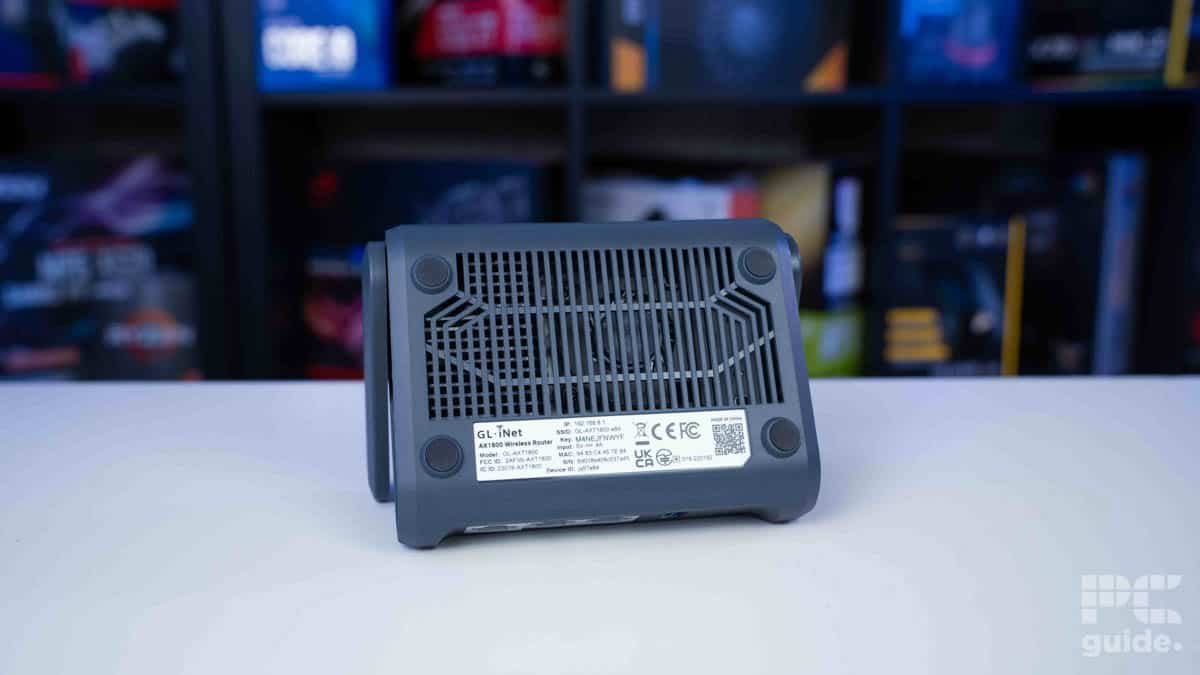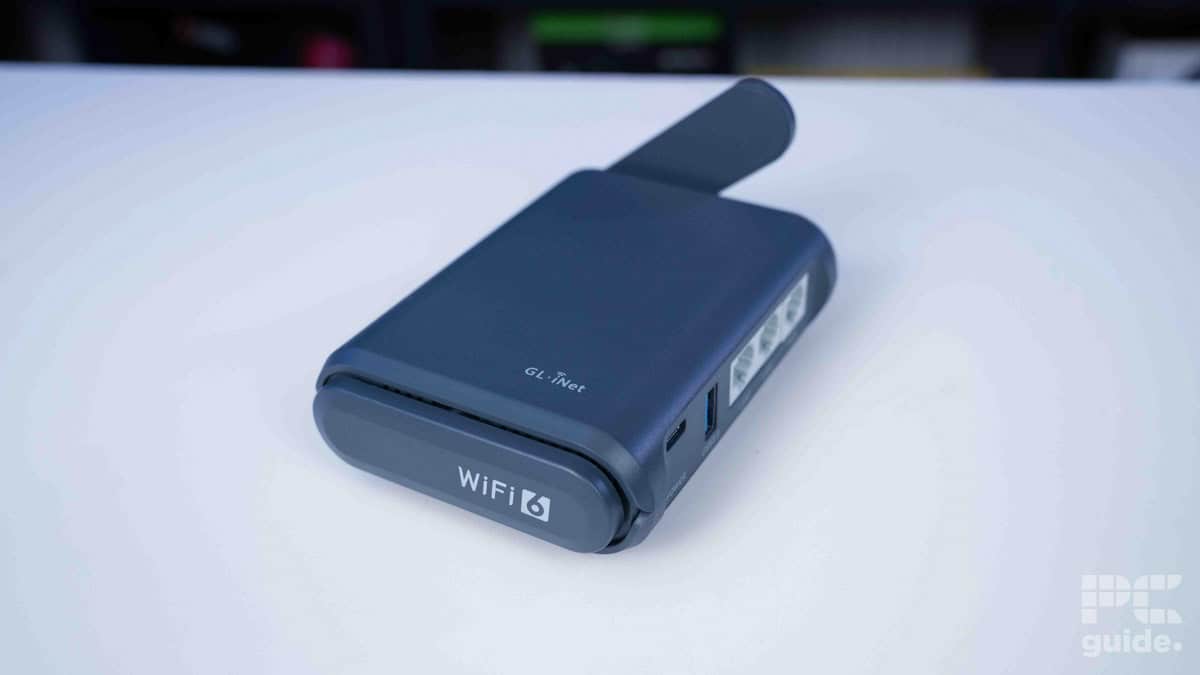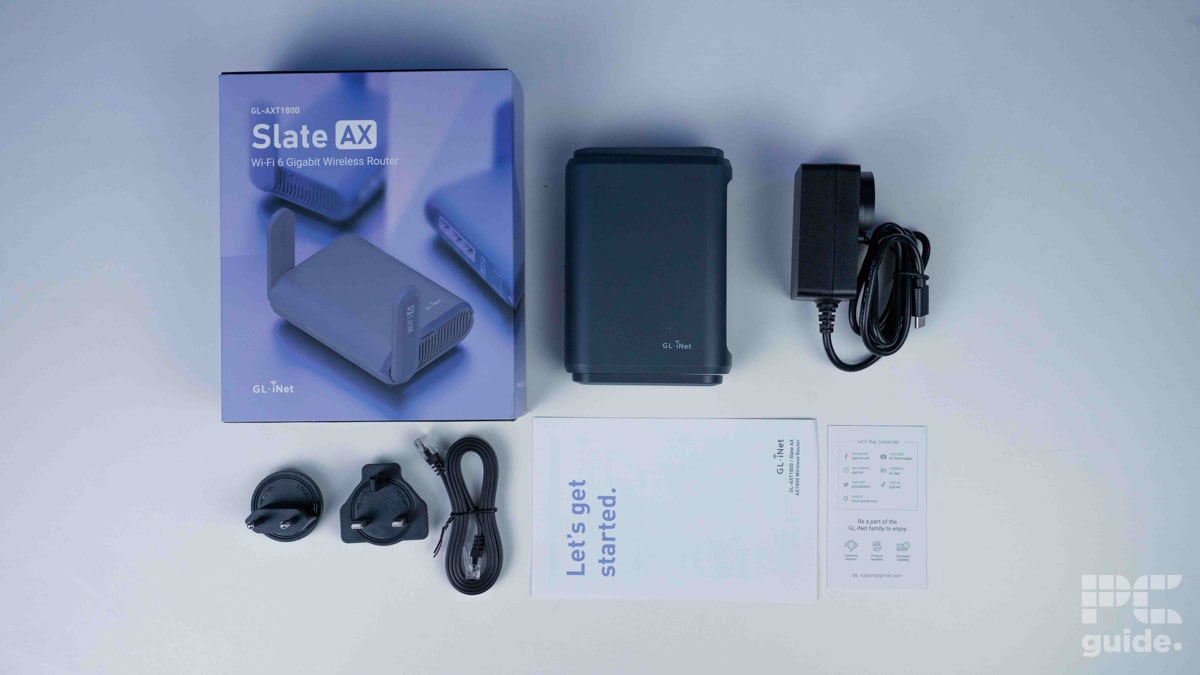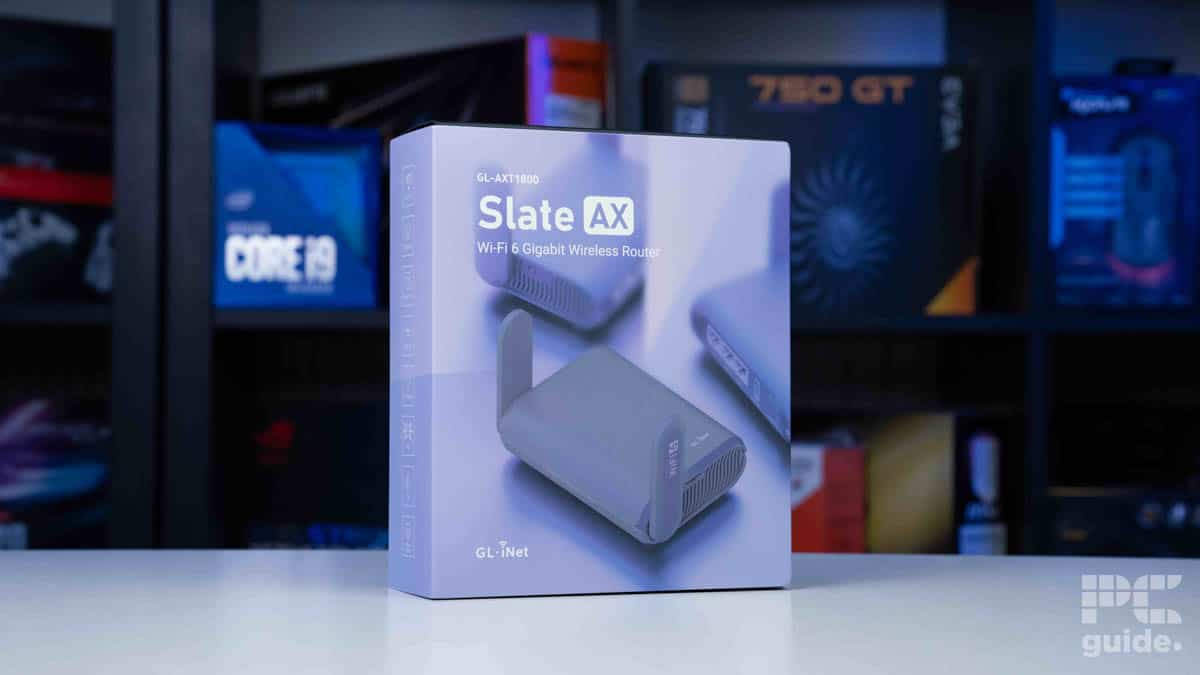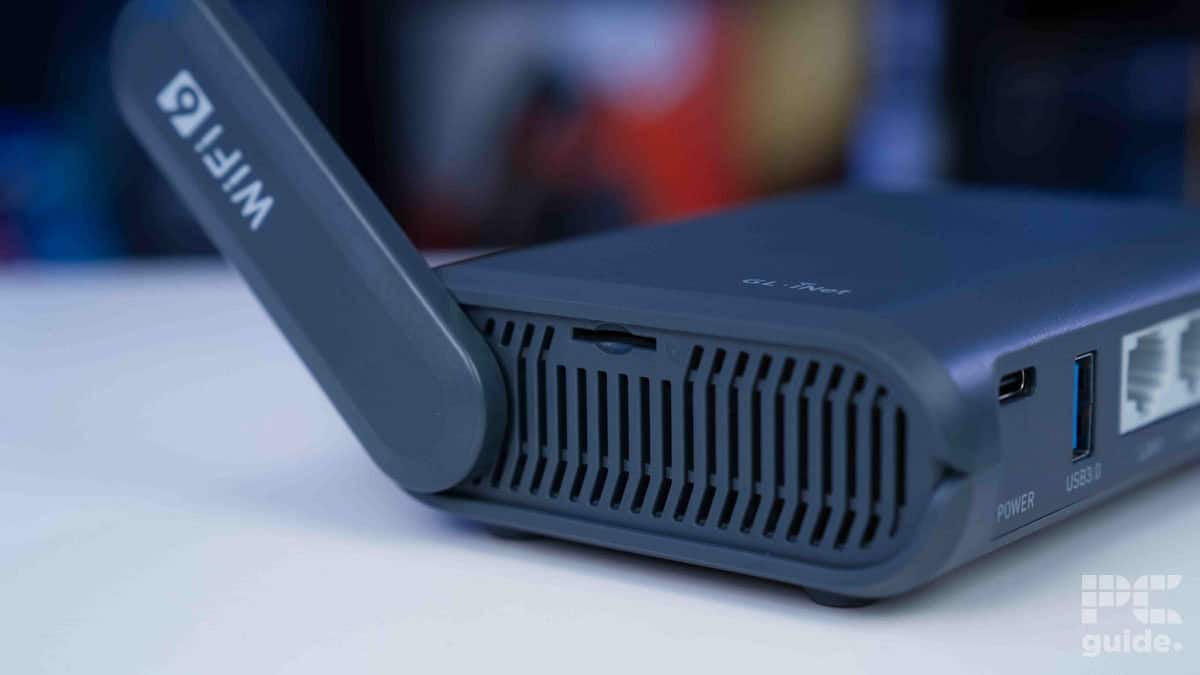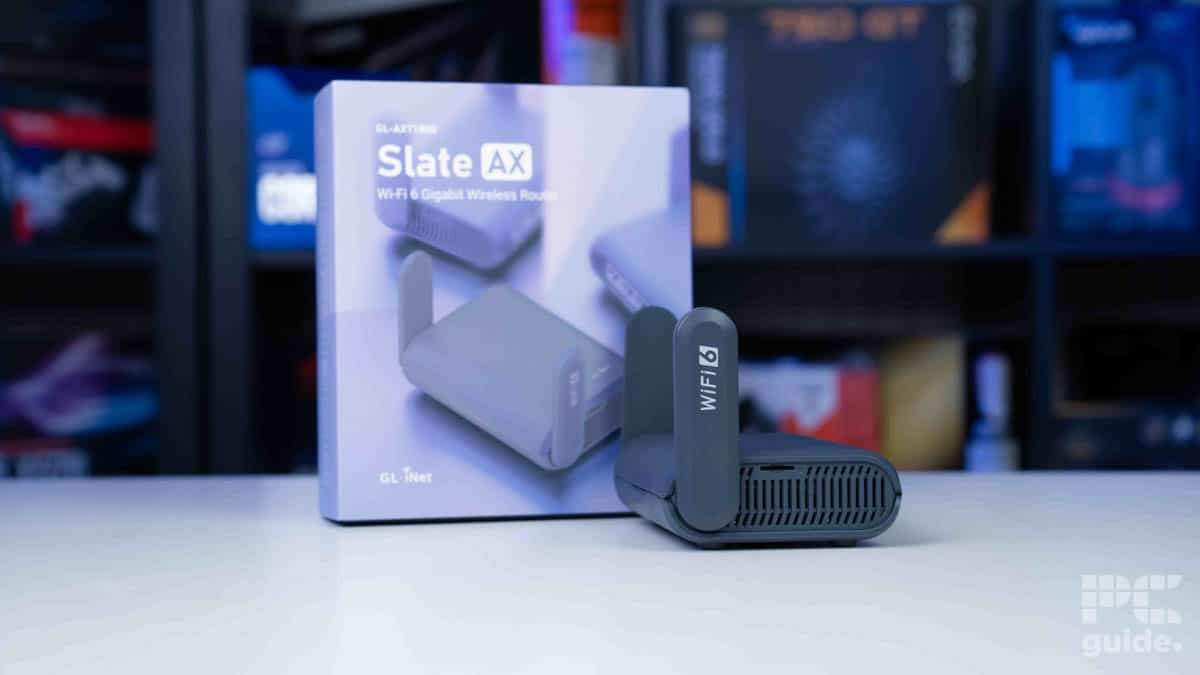Best router for gigabit internet in 2025 – our top 1 Gb picks
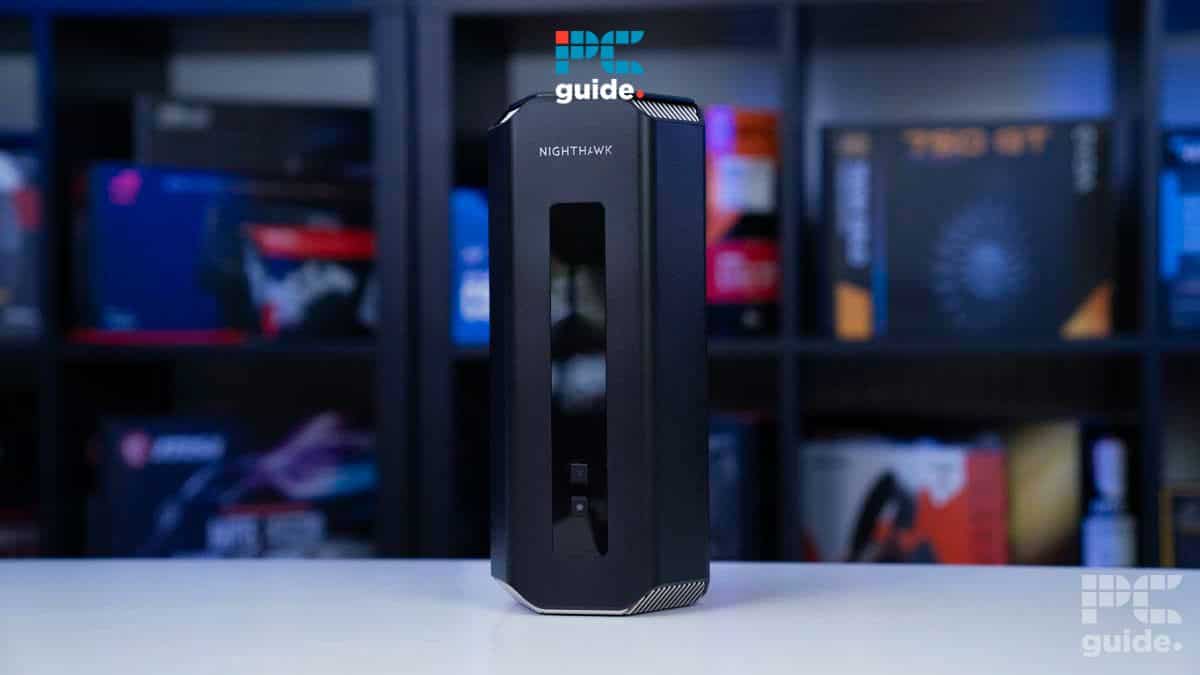
Table of Contents
It is becoming increasingly common to see gigabit internet being offered by ISPs. The rise of Ultra HD streaming, and massive game file downloads have served to increase demand. To ensure that everyone is getting the best experience possible, a gigabit router needs to be installed to handle and disperse the internet signals across your office or living space.
However, selecting a router for high-speed internet is easier said than done, as there are multiple brands with tons of options. We’ve selected a handful of routers that can support a gigabit internet plan based on their price, range, WiFi standard, features, and in-house performance.
Prime Day is finally here! Find all the biggest tech and PC deals below.
- Sapphire 11348-03-20G Pulse AMD Radeon™ RX 9070 XT Was $779 Now $739
- AMD Ryzen 7 7800X3D 8-Core, 16-Thread Desktop Processor Was $449 Now $341
- ASUS RTX™ 5060 OC Edition Graphics Card Was $379 Now $339
- LG 77-Inch Class OLED evo AI 4K C5 Series Smart TV Was $3,696 Now $2,796
- Intel® Core™ i7-14700K New Gaming Desktop Was $320.99 Now $274
- Lexar 2TB NM1090 w/HeatSink SSD PCIe Gen5x4 NVMe M.2 Was $281.97 Now $214.98
- Apple Watch Series 10 GPS + Cellular 42mm case Smartwatch Was $499.99 Now $379.99
- ASUS ROG Strix G16 (2025) 16" FHD, RTX 5060 gaming laptop Was $1,499.99 Now $1,274.99
- Apple iPad mini (A17 Pro): Apple Intelligence Was $499.99 Now $379.99
*Prices and savings subject to change. Click through to get the current prices.
-
Best router for gigabit internet overall
Netgear Nighthawk RS700S WiFi 7 (BE19000)
- Standard: WiFi 7
- Frequency Bands: 2.4GHz, 5GHz, 6GHz
- Max Speed: 19Gbps
- LAN Ports: 1x 10Gbps, 4x 1Gbps
-
Best runner up router for gigabit internet
Asus RT-BE58U
- Standard: Wi-Fi 7
- Frequency Bands: 2.5 GHz, 5GHz
- Max Speed: 28.8 Gbps
- LAN ports: 3 x 1G LAN, 1G WAN/LAN, 1 x 2.5G WAN/LAN
-
Best gaming router for gigabit internet
ASUS ROG Rapture Wifi 6E Router (GT-AXE16000)
- Standard: WiFi 6E
- Frequency bands: 2.4 GHz, 5 GHz-1, 5 GHz-2, 6 GHz
- Max speed: 16000 Mbps
- LAN ports: 2x 10Gbps (WAN/LAN), 4x 1Gbps
-
Best mesh router for gigabit ethernet
TP-Link Deco PX50
- Standard: Wi-Fi 6
- Frequency Bands: 2.5 GHz, 5GHz
- Max Speed: 24 Gbps
- LAN ports:: 2 PoE Ports; 1 x 2.5G, 1 Gigabit
-
Best budget router for gigabit internet
GL.iNet GL-AXT1800 (Slate AX)
- Standard: WiFI 6
- Frequency Bnads: 2.4GHz, 5GHz
- Max Speed: 1800Mbps
- LAN Ports: 2x Gigabit
How we picked the best router for gigabit internet
To find the best routers for gigabit internet, we used our expertise to select items based on key specs, such as speeds, wireless standards, security, and additional features.
However, we don't rely solely on specifications and reviews that anyone can read. We conduct in-house testing to check their signal strength, speed, and file transfer speed. If you're interested in learning more about our process, check out our How we test routers guide for a more in-depth understanding.

- Standard: WiFi 7
- Frequency Bands: 2.4GHz, 5GHz, 6GHz
- Max Speed: 19Gbps
- LAN Ports: 1x 10Gbps, 4x 1Gbps
- WAN: 10Gbps
- CPU: Quad-core 2.6GHz
- Memory: 512MB NAND Flash and 2GB RAM
- USB: 1x USB 3.0 Type-A
- Dimensions: 281.7 x 124.0 x 142mm (11.1 x 4.9 x 5.6in)
- Weight: 1.635kg (3.61lb)
- App control allows for customization
- It has the WiFi 7 standard
- It supports the 6 GHz frequency
- It costs a premium
- The Wi-Fi 7 standard isn't being used too much
For our top pick, we went with the Netgear Nighthawk RS700 router, as it performed excellently when we tested it against multiple benchmarks for our review.
For starters, this router has the WiFi 7 standard, which has a maximum data rate of 46 Gbps. While there aren't any internet plans that offer this speed, it’s good to have extra overhead for future upgrades.
On top of that, it has a quad-core 2.6 GHz processor paired with 2GB RAM. These specifications are impressive for a router and should give it the edge needed to handle multiple devices simultaneously without compromising on performance.
Regarding connectivity options, it has one 10Gig and four 1Gig internet ports with up to 3,500 sq. ft. of coverage. What this means is that you have a total of 5 high-speed internet ports that support gigabit or multi-gigabit internet plans. To get the full speed of your internet, we recommend using CAT 6 or CAT 7 ethernet cables, as they support 1,000 and 10,000 Mbps, respectively.
It implements the latest tech into it and makes sure your network is the best it can be, as long as everything else allows it.
PC Guide
However, the RS700 has more in store for you if you prefer a wireless connection. It has three frequency bands: 2.4, 5, and 6 GHz to choose from. Depending on whether your device supports the higher frequencies or not, you should be able to experience fast download and upload speeds over Wi-Fi.
That said, while the 5 and 6 GHz frequencies have a higher bandwidth and transfer rate, they also have a shorter coverage than 2.4 GHz. If you need a rock-solid connection, we always recommend going for a wired connection when possible.
During our testing, at 2.4 GHz, this router delivered 103, 78.4, and 5.6 Mbps download speeds at 10, 30, and 60 ft, respectively. On the other hand, at 5 GHz, it managed download speeds of 273, 269, 117, and 25.5 Mbps at the same distances.
On the other hand, at 2.4 GHz, its upload speeds were 62, 50, and 22, and at 5 GHz, it managed 239, 227, 131, and 8 Mbps at 10, 30, and 60 ft. The difference between the two frequencies is clearly visible, and while they aren't close to 1 gig, 5 and 6 GHz can easily handle a 1 gigabit internet connection.
When we tested the physical speed, this router with the 5 GHz frequency managed 1200, 864, 288, and 8 Mbps download speeds. So, whether you use this router with a wired or wireless connection, you should be able to get an uninterrupted connection for gaming, streaming, or productivity tasks.
If you’re interested in exploring more router options for your gigabit internet connection, check out the Netgear Nighthawk RAXE500. We tested and reviewed this router in-house, and while it is cheaper than our first pick, it still falls on the expensive side compared to other options. However, it has excellent speed, range, and latency, which we’ll expand upon later.
For starters, this is a WiFi 6E router. That means that in addition to the standard 2.4 and 5GHz frequencies, you get an additional 6GHz band, which has a higher bandwidth than even 5GHz and is less susceptible to interference. If you want to stream, game, or work via a wireless connection, you can use this frequency for the best experience. Also, according to Intel, 6 GHz can deliver up to 2 Gbps, so rest assured, it can handle a gigabit internet plan.
This router has a 10.8 Gbps maximum speed and four 1 Gbps and one 2.5G LAN port as well as one 1 Gbps WAN port. Out of the four LAN ports, two can be aggregated to double the bandwidth and speed, meaning it supports port aggregation, which can enhance your gaming or streaming experience.
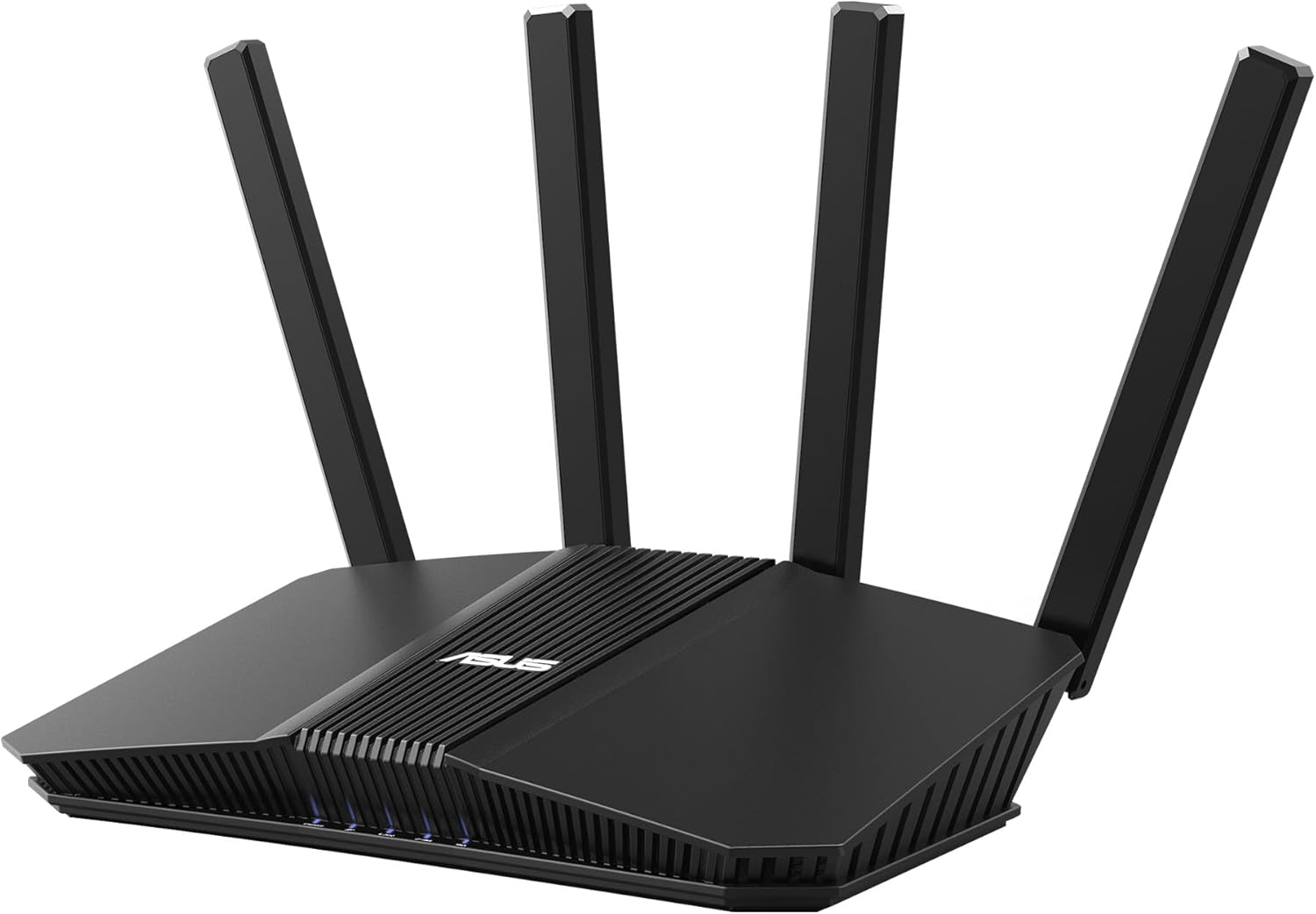
- Standard: Wi-Fi 7
- Frequency Bands: 2.5 GHz, 5GHz
- Max Speed: 28.8 Gbps
- LAN ports: 3 x 1G LAN, 1G WAN/LAN, 1 x 2.5G WAN/LAN
- Cheaper option for WiFi 7
- Lots of Ethernet ports
- Security included free
- No 6GHz band
- Smaller range than other Wi-Fi 7 routers
If you want the latest Wi-Fi technology but don’t want to pay a premium for it, the Asus RT-BE58U. Though still a bit pricy compared to more basic routers, the features and technology available make up for it.
Besides the Wi-Fi trech, users of this device can also make use of three gigabit Ethernet LAN ports, a 1 Gbps LAN port, a 2.5 Gbps LAN/WAN port and even a USB WAN that can handle 4G LTE and 5G tethering. Asus has also included Trend Micro’s AiProtection and parental controls for free. Many other router suppliers charge a subscription for these services.
Sadly, this router is Dual-Band, meaning users miss out on the 6GHz band and the range benefits it enjoys. This does cut down on the effective range of the router compared to other Wi-Fi 7 devices, but still offers other Wi-Fi 7 benefits, including enhanced security and 160MHz channels.
The Asus mobile app is more versatile than most router apps, and allows users a greater degree of control while remaining fairly easy-to-use.
Users with homes or small offices or other businesses of 2,000 square feet or less will benefit greatly from this router.
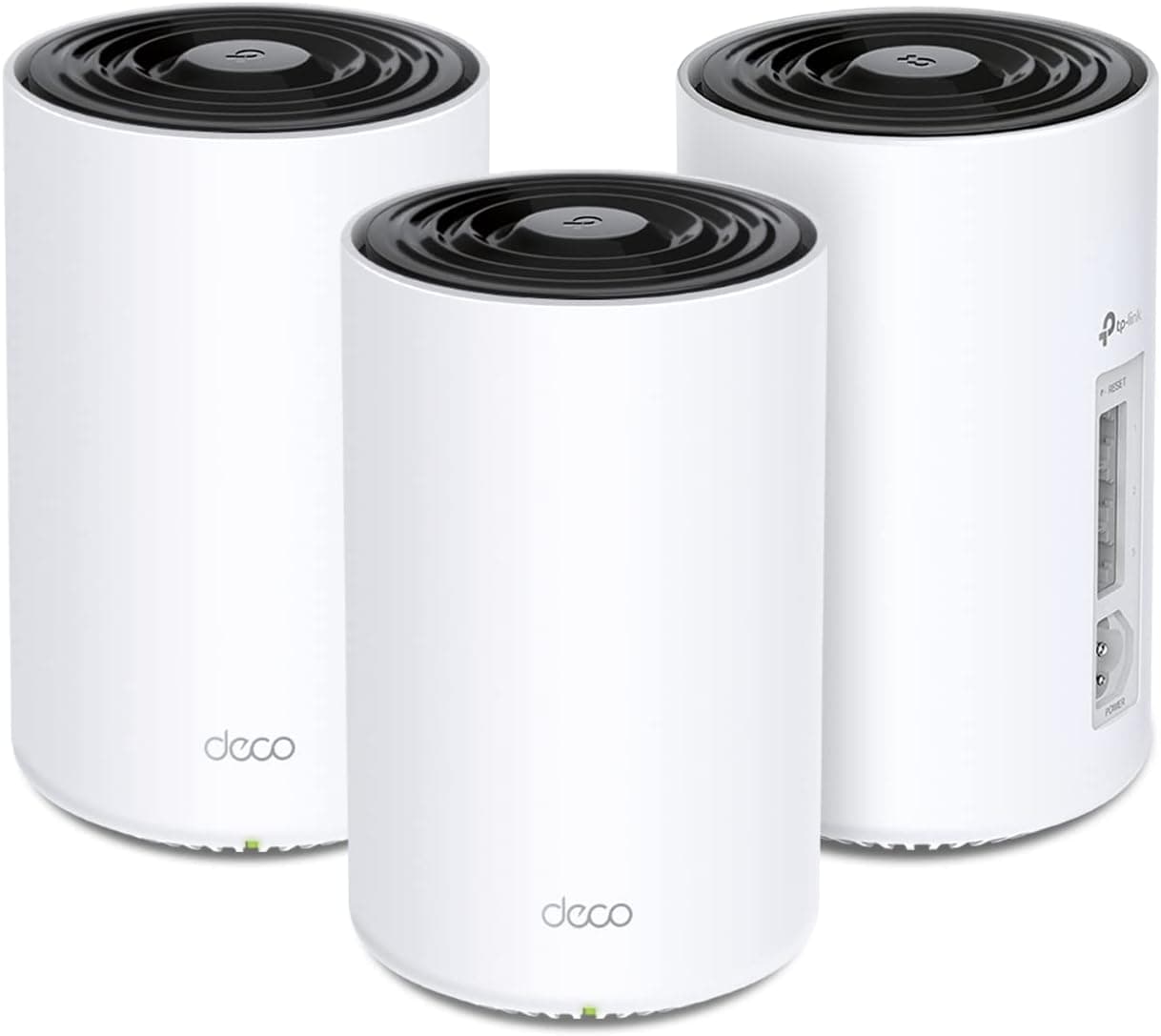
- Standard: Wi-Fi 6
- Frequency Bands: 2.5 GHz, 5GHz
- Max Speed: 24 Gbps
- LAN ports:: 2 PoE Ports; 1 x 2.5G, 1 Gigabit
- Power Over Ethernet option
- Well-designed interface
- Multi-gig internet support
- Limited wi-fi control
- Some options are subscription-locked
Usually your home or small office will have a single router functioning as an access point. Mesh networks do things a little differently. Instead, multiple nodes are scattered across the space. This can provide more consistent signal across the entire property. In addition, if you run a small business and need to expand, you can just grab another node and add it to the network.
As well as the general advantages of Mesh Wi-Fi, the Deco X50 also provides an interesting selling point – Power over Ethernet. While this option does need a bit of additional hardware and know-how, using it means that you don’t need to worry about your router being close to a power outlet. The ethernet cable can supply the power needed.
According to tests by other outlets, the speed of the Deco X50 is roughly on a par with the Amazon Eero Pro 6 and faster than the Google Nest WiFi.
Mesh systems tend to lack features compared to standalone routers, and TP-Link also lock down additional features such as Parental Controls behind a subscription, which is not ideal, but becoming fairly common.
In order to fully utilise the Deco X50, you will need a PoE Switch and Ethernet cables to make use of the stand-out feature, the Power over Ethernet. This additional expense and installation mean that this system is not ideal for most households. However, it might suit a small business or rental since it is easy to expand coverage.

- Standard: WiFi 6E
- Frequency bands: 2.4 GHz, 5 GHz-1, 5 GHz-2, 6 GHz
- Max speed: 16000 Mbps
- LAN ports: 2x 10Gbps (WAN/LAN), 4x 1Gbps
- WAN: 1x 2.5Gbps, 2x 10Gbps (WAN/LAN)
- CPU: 2.0GHz quad-core processor
- Memory: 256MB NAND flash and 2GB DDR4 RAM
- USB: 1x USB 3.2 Gen 1, 1x USB 2.0 Port
- Dimensions: 354 x 354 x 193mm
- Weight: 2425g
- Excellent coverage for medium to large houses
- Good number of WAN and LAN ports for wired connections
- Quad-band Wi-Fi 6E for 6 GHz adoption
- The top is prone to fingerprint marks
- It comes with a hefty price tag
- It has a large design, which isn't for everyone
Many modern games demand a solid connection to get the best out of them. A game like Valorant or Fortnite can be ruined by lag or a dropped connection.
This is where the ASUS ROG Rapture router comes in. In our review, it performed well across several tests, earning it a spot on this list. This router features a 2 GHz quad-core processor and 2 GB of DDR4 RAM. What this means is that it should have enough processing power to handle various networking operations without slowing down processing or experiencing overloads.
The maximum speed of the ASUS ROG Rapture router is 16000 Mbps, which you can access via the two 10Gig LAN and WAN ports, which are supplemented by four 1Gig and one 2.5 Gbps port, respectively. To put things into perspective, this number of ports is enough to power various computers, consoles, and other devices without running out of connectivity options.
It also supports the 2.4, 5, and 6 GHz frequencies for wireless connections. Though wired connections are recommended for uninterrupted internet, especially for online gaming, as wireless connections are susceptible to interference from other electronics.
ASUS developed this router specifically with gamers in mind, as it has triple-level game acceleration. At the first level, you can connect your gaming device with the gaming port, which prioritizes that device over other connections.
The ROG Rapture GT-AXE16000 is quite the monster of a WiFi 6E router. Although it might not be the latest tech anymore, it's still plenty fast, and with a lot of features, you can customize it to a great extent with plenty of control as well.
PC Guide
The second Level Enables Game Boost, which gives the game data packets the top priority, ensuring a seamless connection between the client and server.
Finally, at the third level, WTFast ensures that your connection is established through the best route to the game server. This means a strong connection, less ping, and better headshots.
All of these levels combined should result in top-notch gaming, whether you're fighting for the top spot in a competitive shooter or exploring a dungeon in Final Fantasy XIV. What makes this even better is the up to 5,500 sq. ft. of coverage, which should ensure that you're getting adequate signals no matter where you are.
Lastly, during our testing for its download and upload speeds, we saw the following results for 5 GHz: The download results were 244 to 47.9 Mbps, whereas the upload results were 280 to 9.8 Mbps. The results vary depending on where you're located and if there is any obstruction in the way. That said, theoretically if your internet allows for it, you should be able to get a 1-gigabit download and upload speed on a wireless connection and get that win.

- Standard: WiFI 6
- Frequency Bnads: 2.4GHz, 5GHz
- Max Speed: 1800Mbps
- LAN Ports: 2x Gigabit
- WAN: 1x Gigabit
- CPU: IPQ6000 1.2GHz Quad-core Processor
- Memory: DDR3L 512MB / NAND Flash 128MB
- USB: 1x USB 3.0
- Dimensions: 125 x 82 x 36mm
- Weight: 245g
- Its dimension and weight make it very portable
- It comes at an affordable price point
- It comes with excellent features such as VPN and protection options
- It tends to run hot after a while
- The USB-C port can only be used for power
For our last pick, we went with the GL.iNet GL-AXT1800, which is inexpensive compared to many rivals and has a max speed of 1800 Mbps. In our AXT1800 review, it has excellent signal strength and speed.
For starters, this router is powered by the IPQ6000 1.2 GHz quad-core processor with 512 MB DDR3L RAM. This may not be as powerful as the other routers on this list, but considering the low price point, it is more than capable of doing the job.
It also has humble dimensions of 125 x 82 x 36 and weighs 245g. This means that it isn't big or heavy enough to carry and shouldn't take up much space atop a shelf or other furniture. Its small footprint shouldn't also have a huge impact on the aesthetics of your office or living space.
The AXT1800 is built on the Wi-Fi 6 standard, which has a top speed of 9.6 Gbps. It also has dual-band connectivity. This means that you can use either the 2.4 GHz or the 5 GHz frequency. The difference between the two is in range and bandwidth. The 2.4 GHz has a better range, but its performance is prone to interference. While this isn't the issue with 5 GHz, it does have a considerably shorter range.
With the small device focused on mobile usage, we weren't expecting all the performance and features behind it to be available.
PC Guide
However, to avoid issues with wireless connections, it has two gigabit LAN ports and one gigabit WAN port. Again, this isn't as impressive as other routers, but given its size and price, it is a good option. This is particularly true if you only need a wired connection for yourself and don't have to share with others.
This is a travel router, but the features it brings to the table also make it a good option for home use. It can be used as a repeater for other Wi-Fi networks, extending that network and increasing its reach. So, if you’ve got a gigabit router but don’t want to spend more money on extending your network, this router should be a good option.
It also has AdGuard and parental control options, meaning you can keep your information safe and deploy safeguards against inappropriate content. On top of that, it also has a good vent underneath it to keep it cool during summer, but we still recommend cleaning it occasionally to avoid dust buildup. If you're interested in exploring other options, check out our guide for the best parental control routers that have the top picks.
As for its performance, the physical speeds at 2.4 GHz were the following: 206 to 17 Mbps download and 229 to 7 Mbps upload. At 5 GHz, we saw an unsurprising increase of a whopping 960 Mbps max and 288 Mbps download at 60ft. The upload speeds were even better, with the top speed being 1200 to 576 Mbps.
So, despite its budget title, it has everything you need to experience the full potential of your gigabit internet, which sounds like a win-win situation.
How to pick the best router for gigabit internet
There are a handful of factors that need to be considered while choosing a router for your gigabit internet. There are plenty of options available, but instead of spending top dollar on the fanciest, here are some considerations that should help you make an informed decision.
WiFi standard
Since a new router is an investment, you should look for one that runs the latest WiFi standard. At the moment, you should look at WiFi 7, WiFi 6, and WiFi 6E routers, which are the most recent WiFi standards. WiFi 7 was released on January 8, 2024, and has a maximum data rate of 46 Gbps.
However, since it was released at the start of 2025, there is a likelihood that you won't be able to find many WiFi 7 compatible routers or devices that would be able to take advantage of its increased bandwidth. So, your best bet would be to opt for a WiFi 6/6E router.
Coverage
The next factor you need to consider is the coverage of the router. There is no point in purchasing a router if it doesn't have the necessary range to cover your office or living space. So, opt for a router with multiple antennas and beamforming technology to get the most out of it.
On the other hand, if you have an ample living space or office, we recommend getting a mesh Wi-Fi system so no area is left without coverage or suffers from poor signals.
Ports
Having a router with plenty of ports is essential, as sometimes you need a wired connection to get the best gaming or streaming experience. Wi-Fi signals are prone to interference from other electronics, something an Ethernet cable fixes. So, ensure there is at least one gigabit LAN and WAN port to fully utilize your lightning-fast internet.


